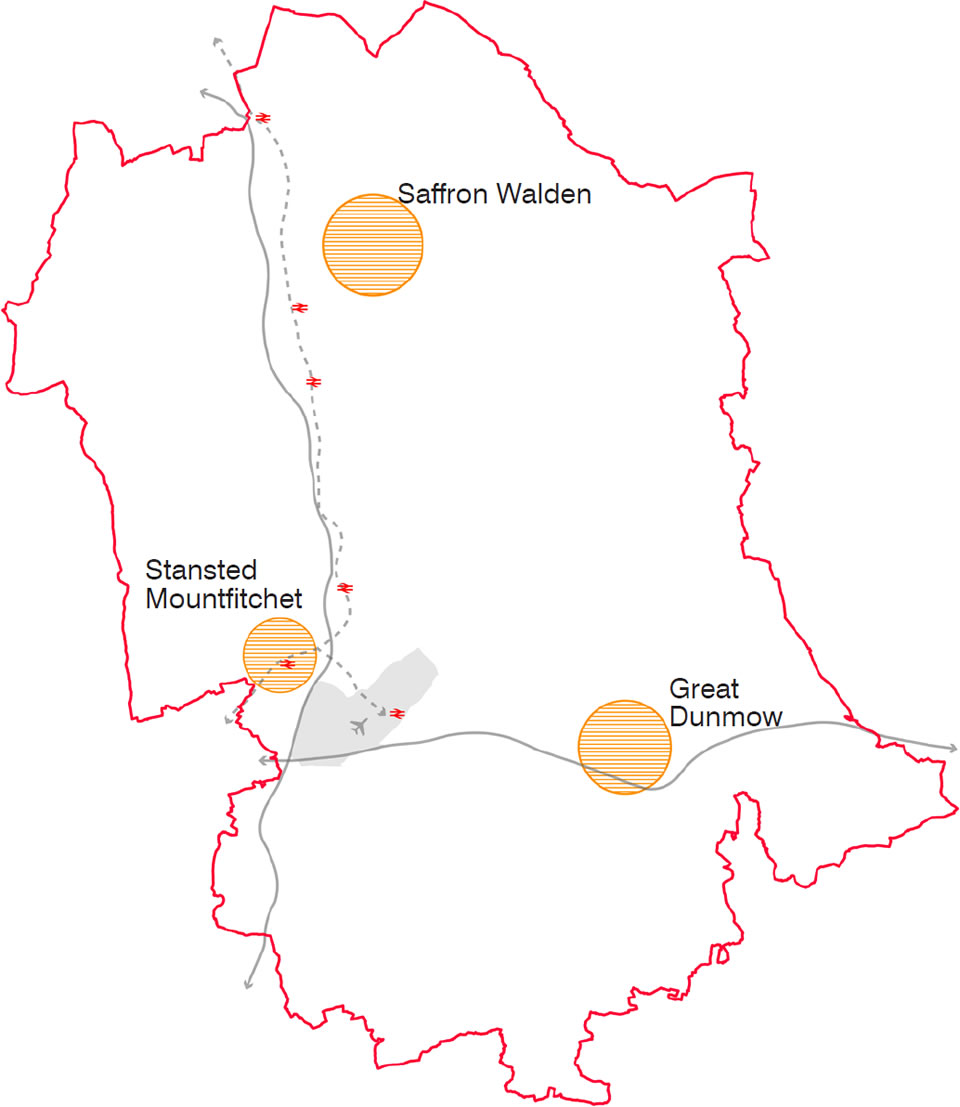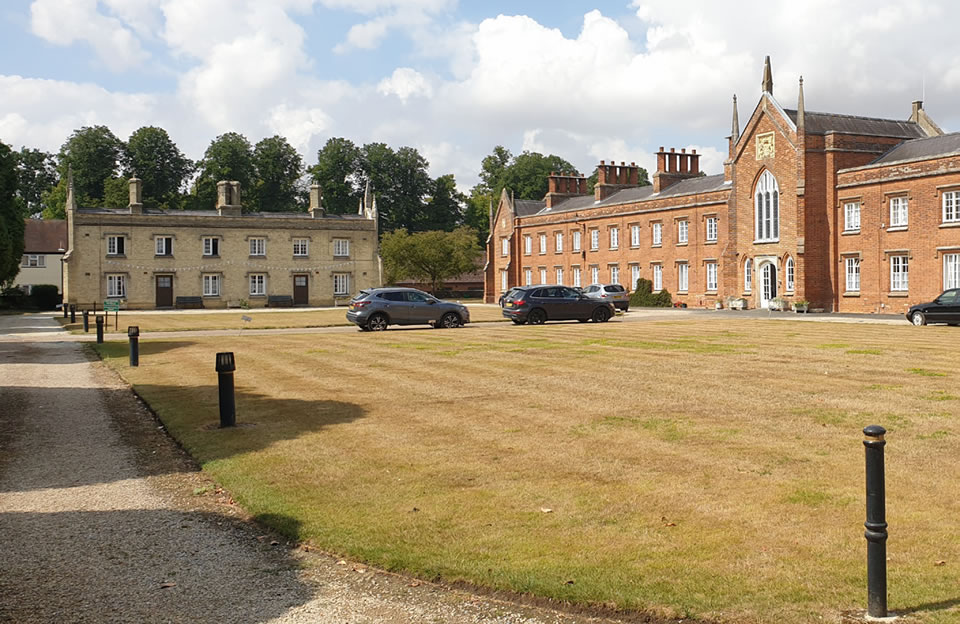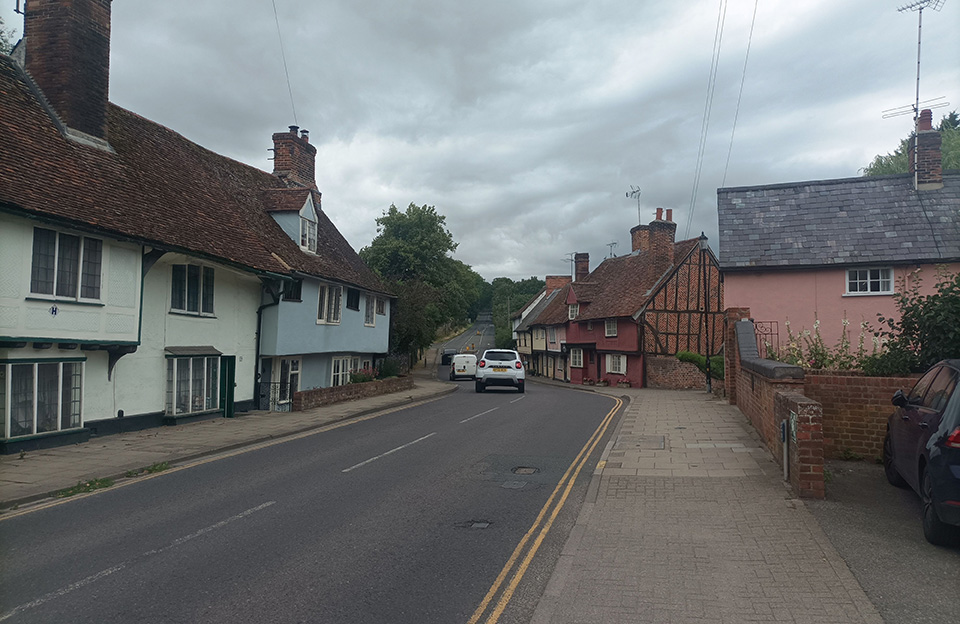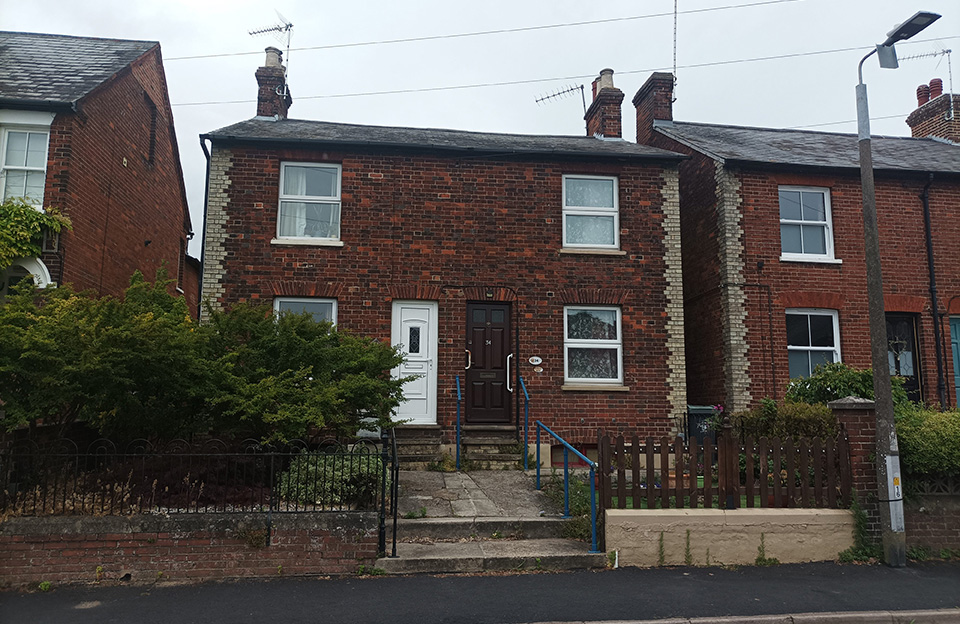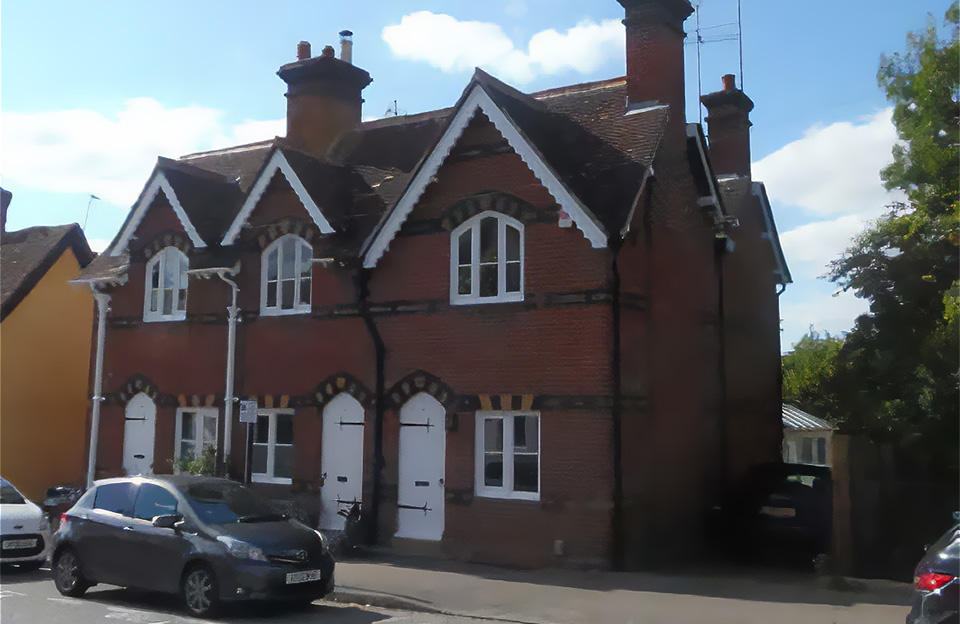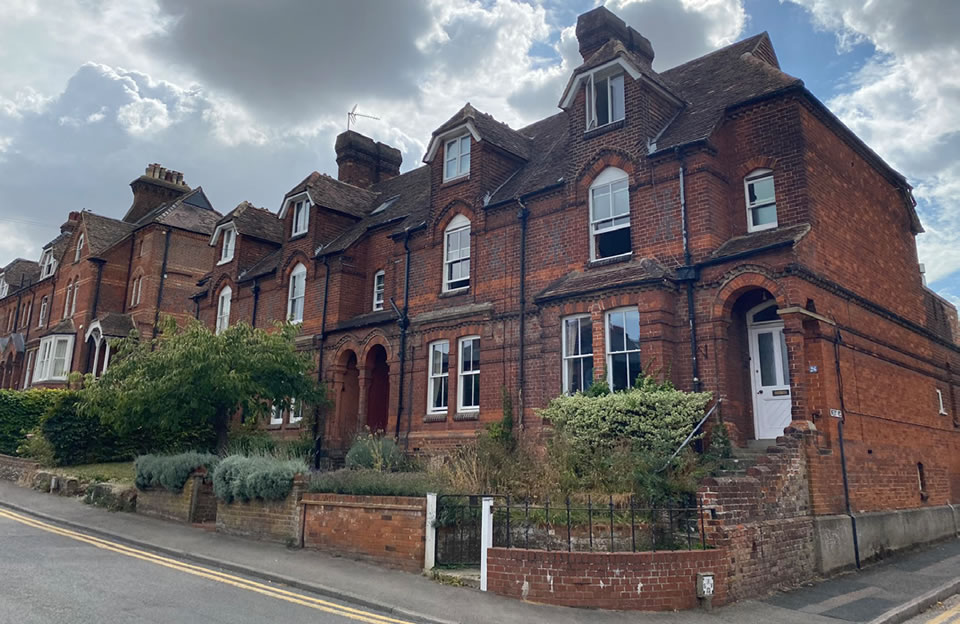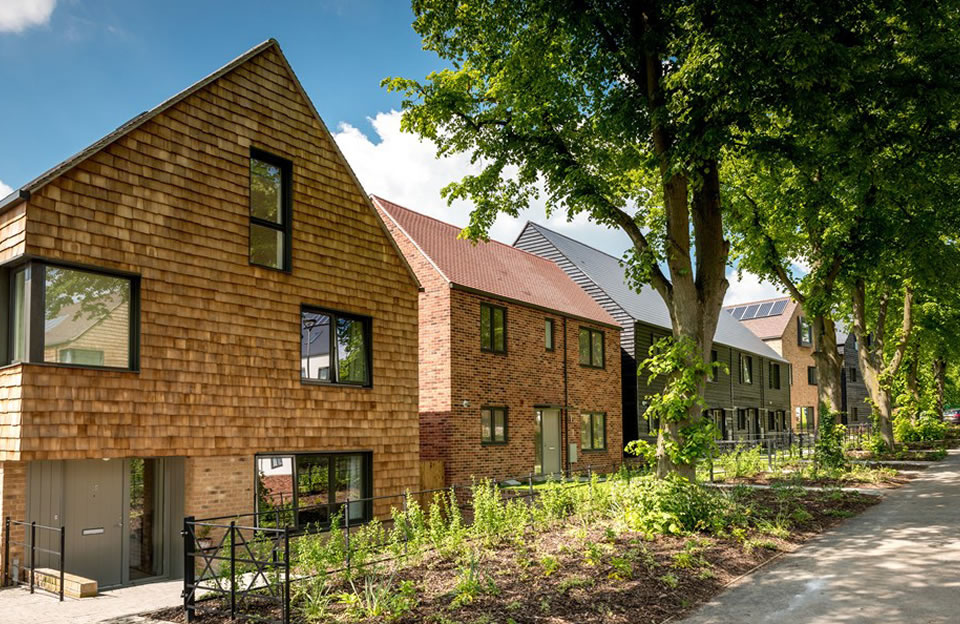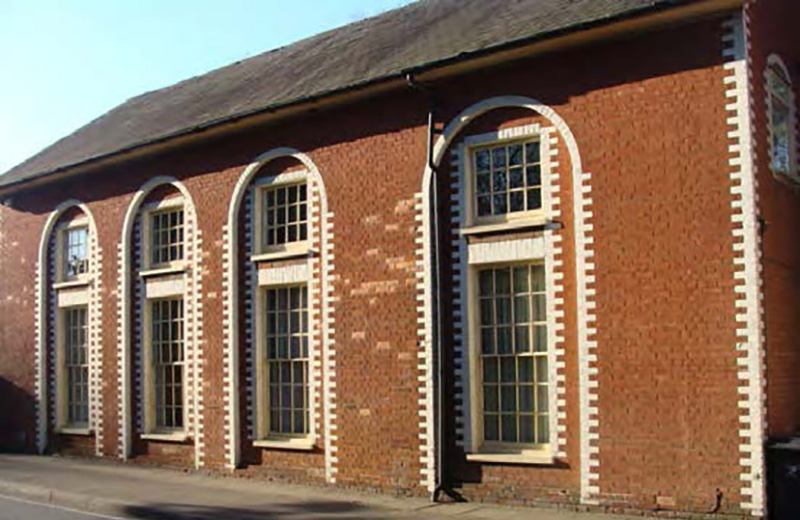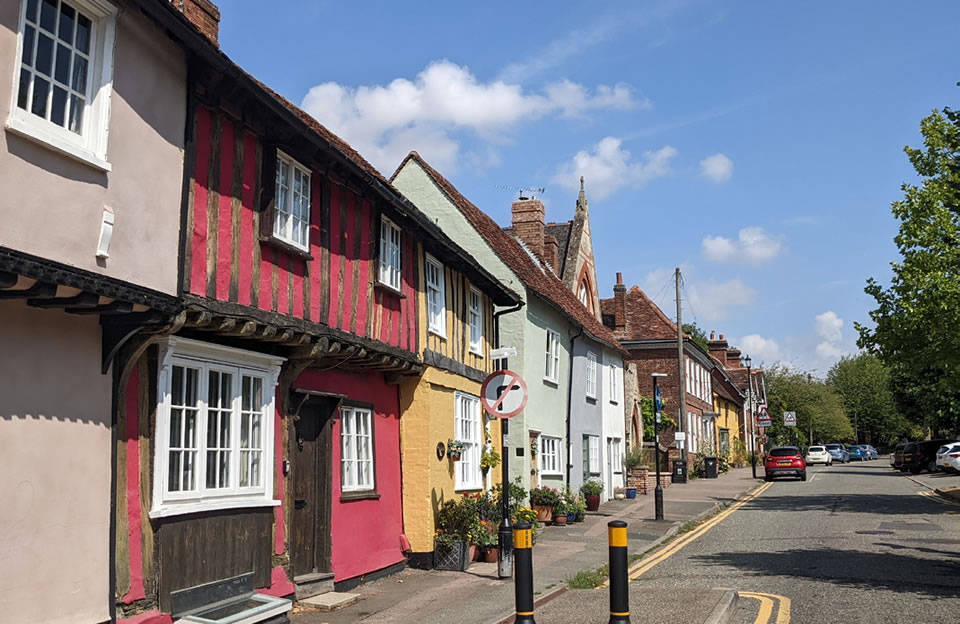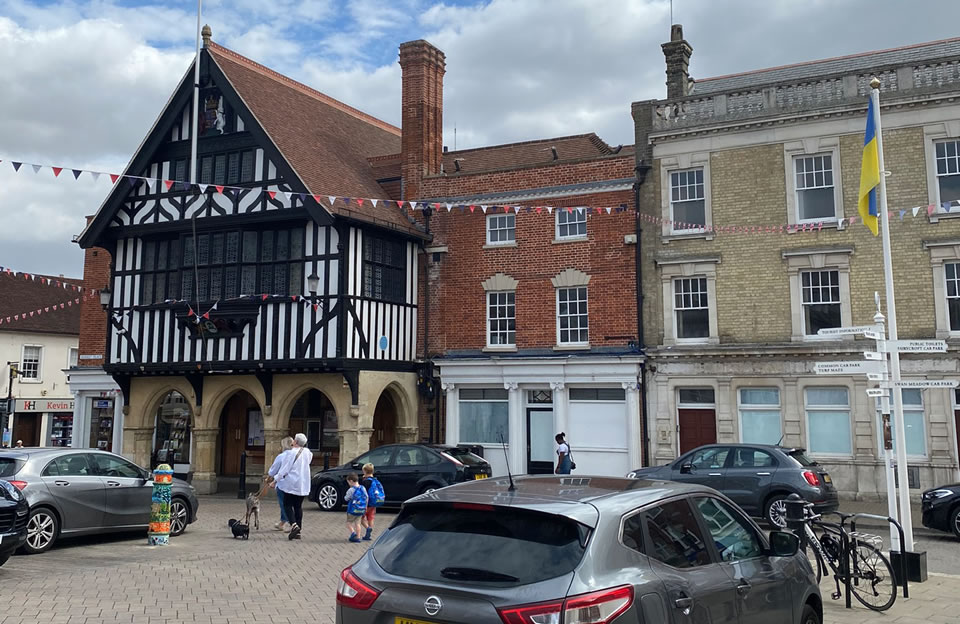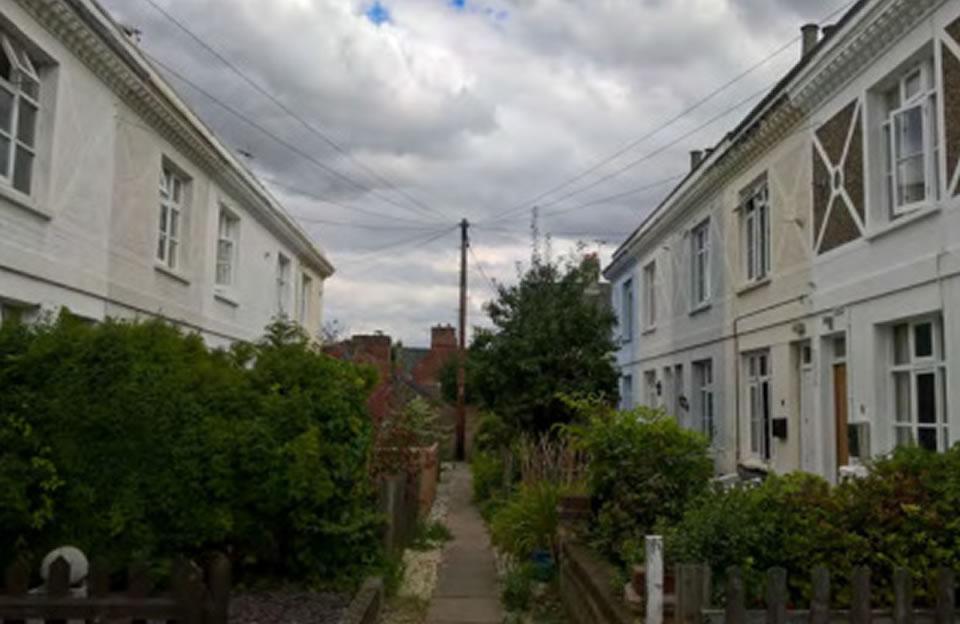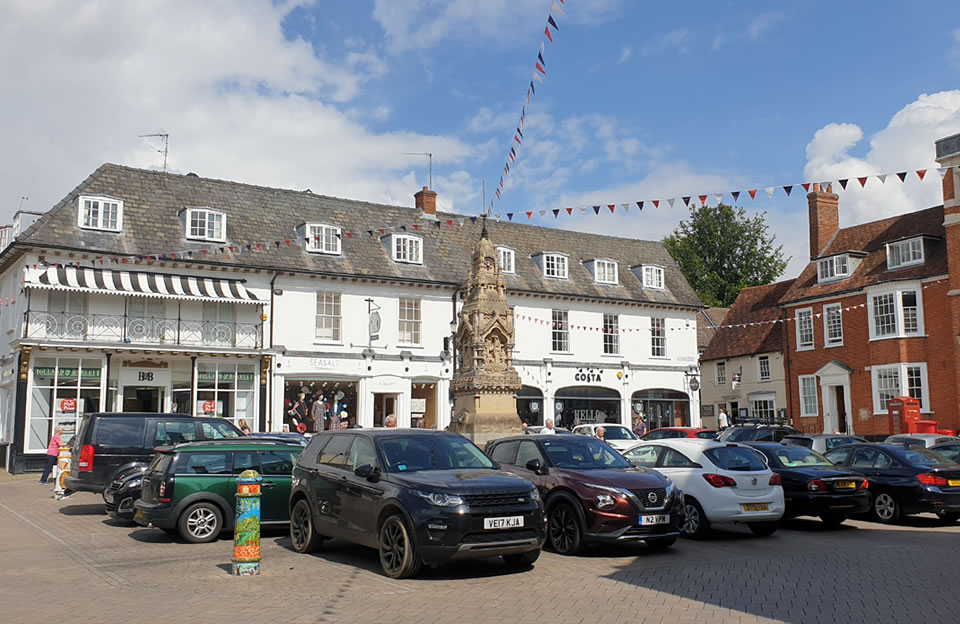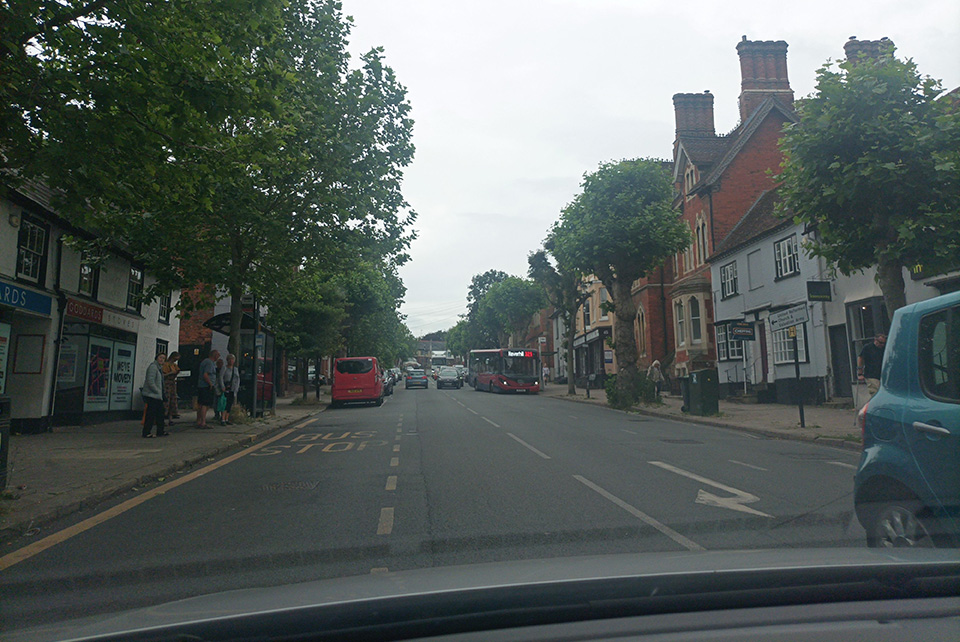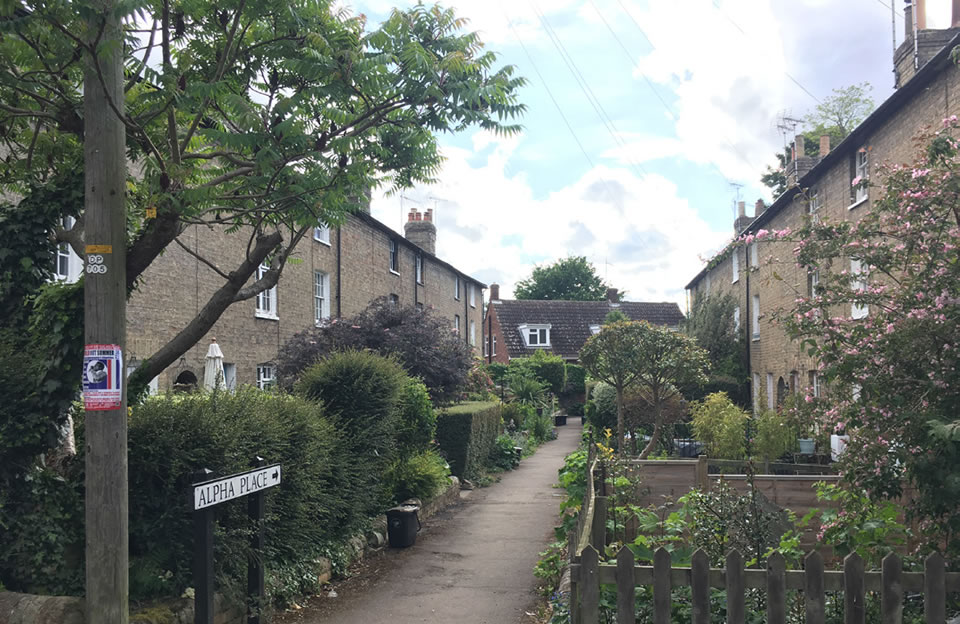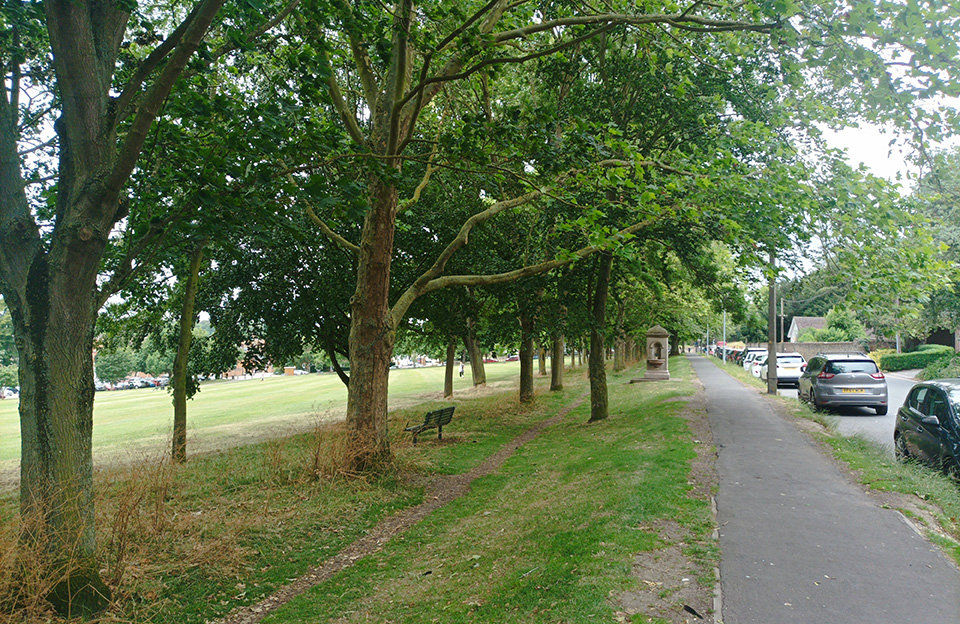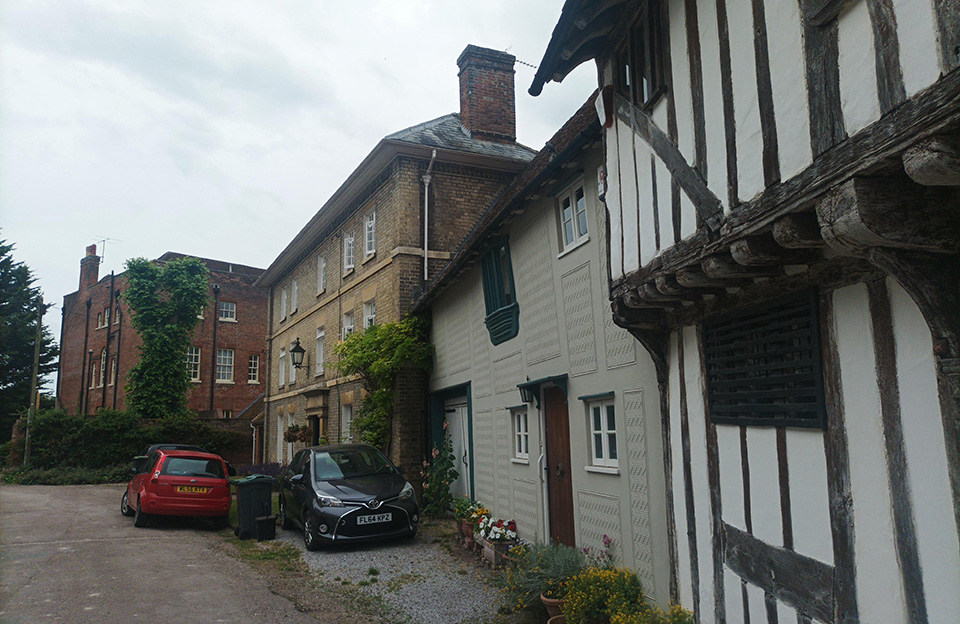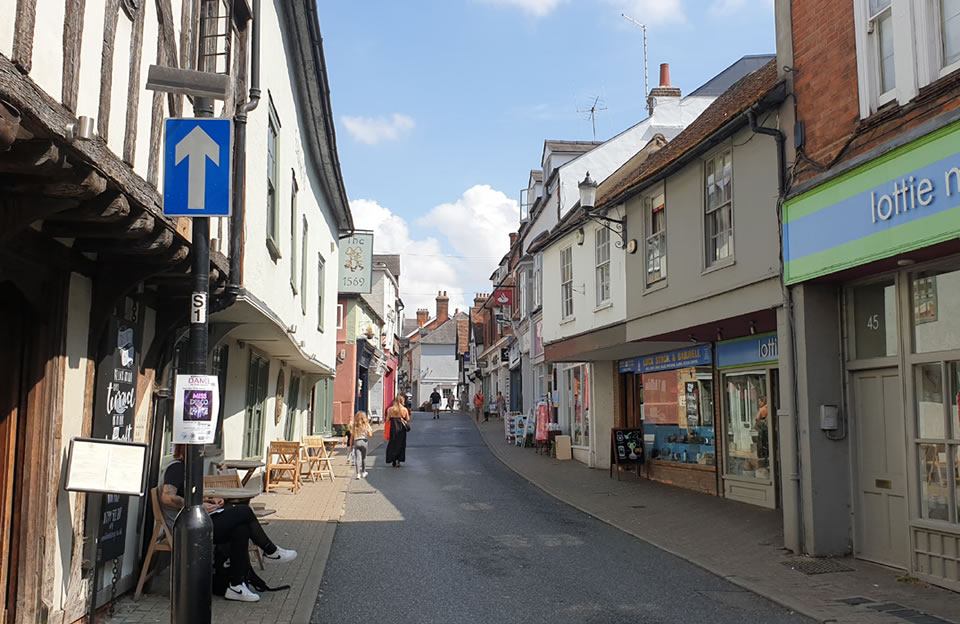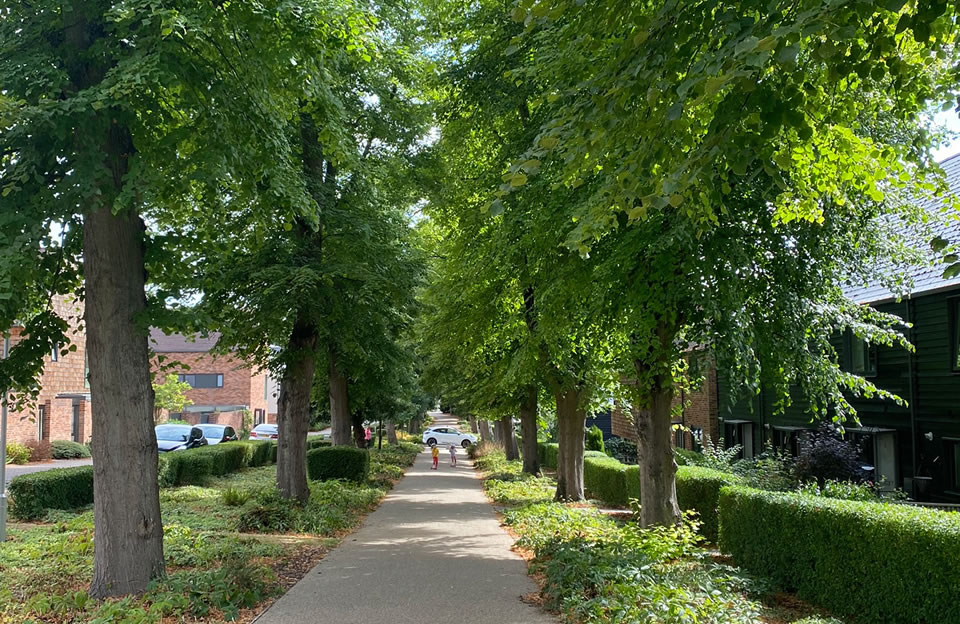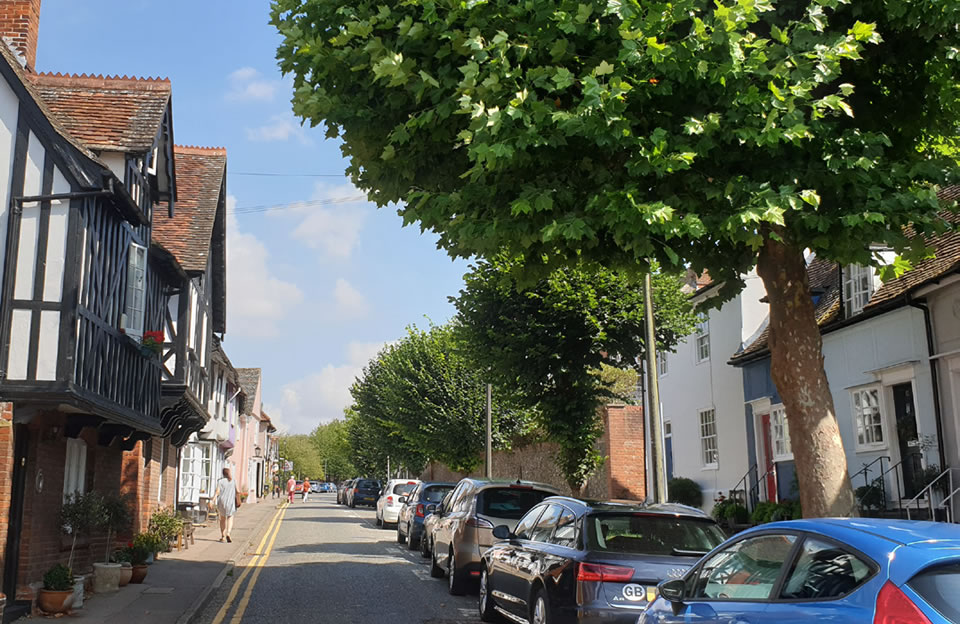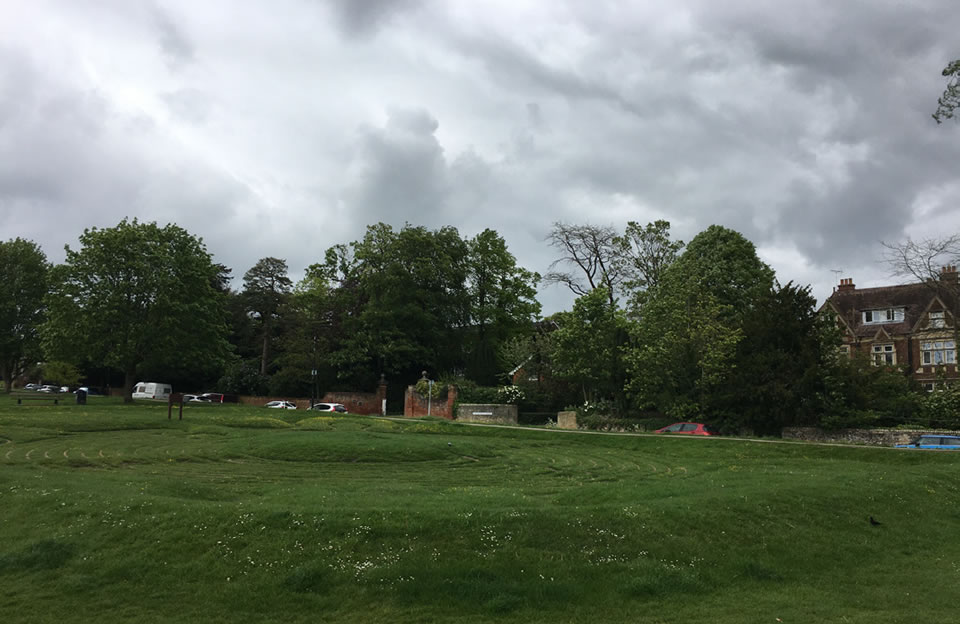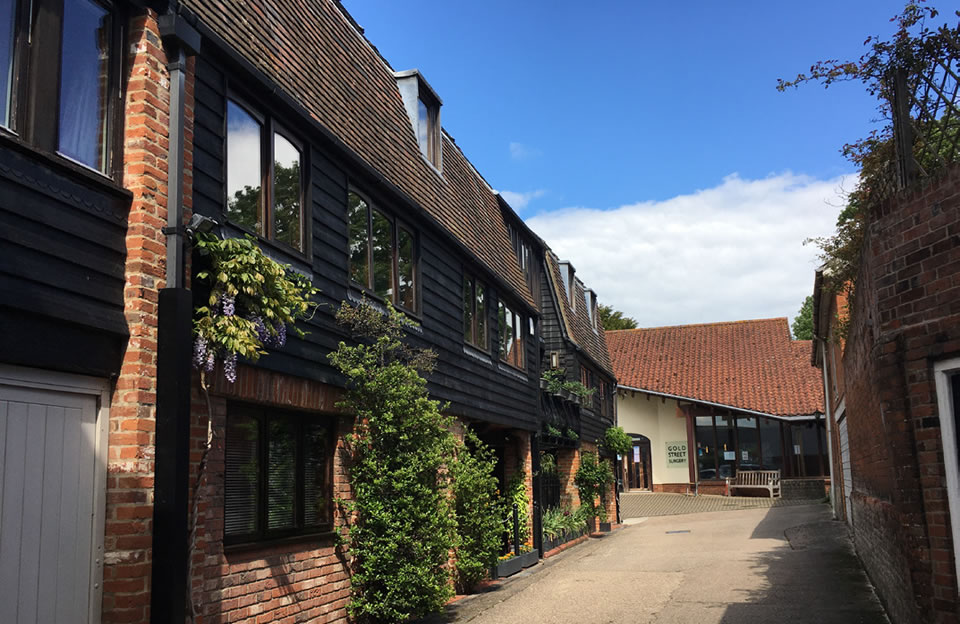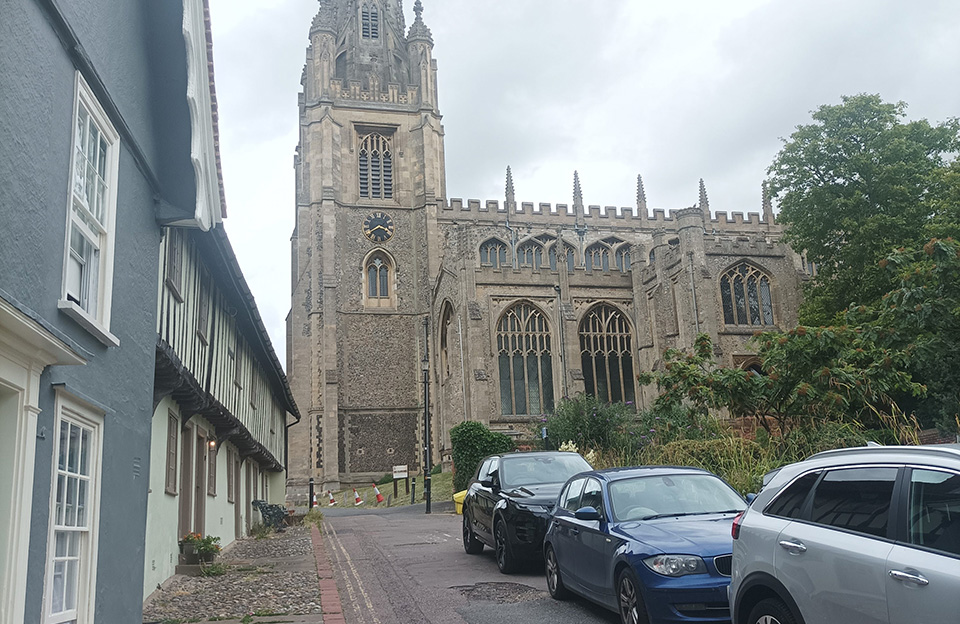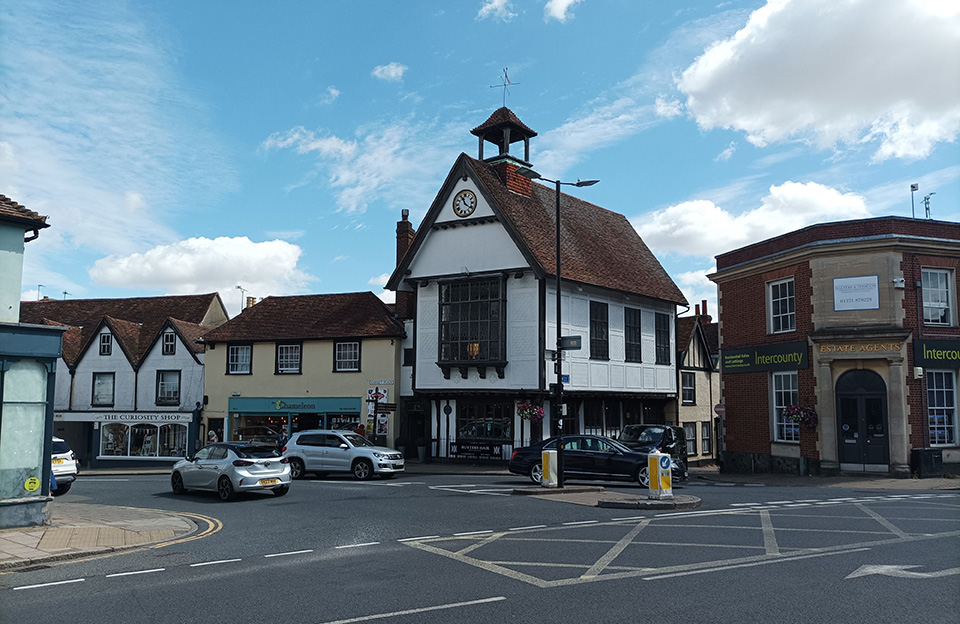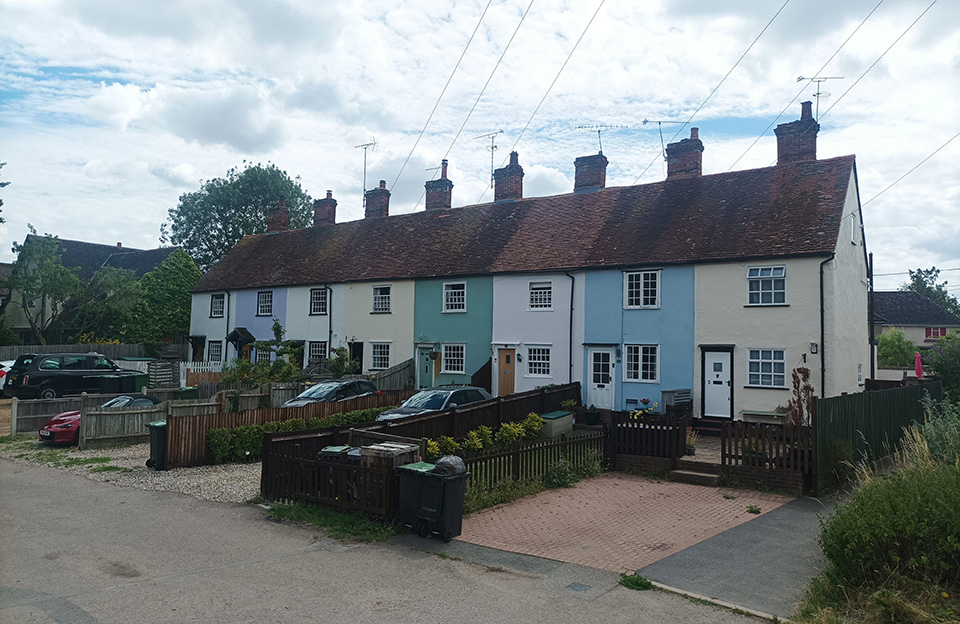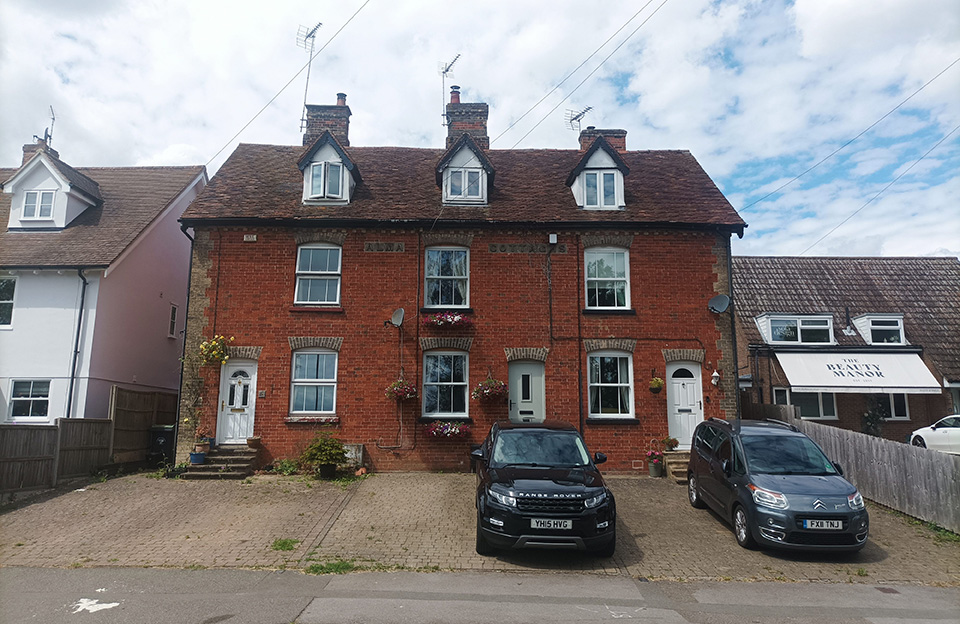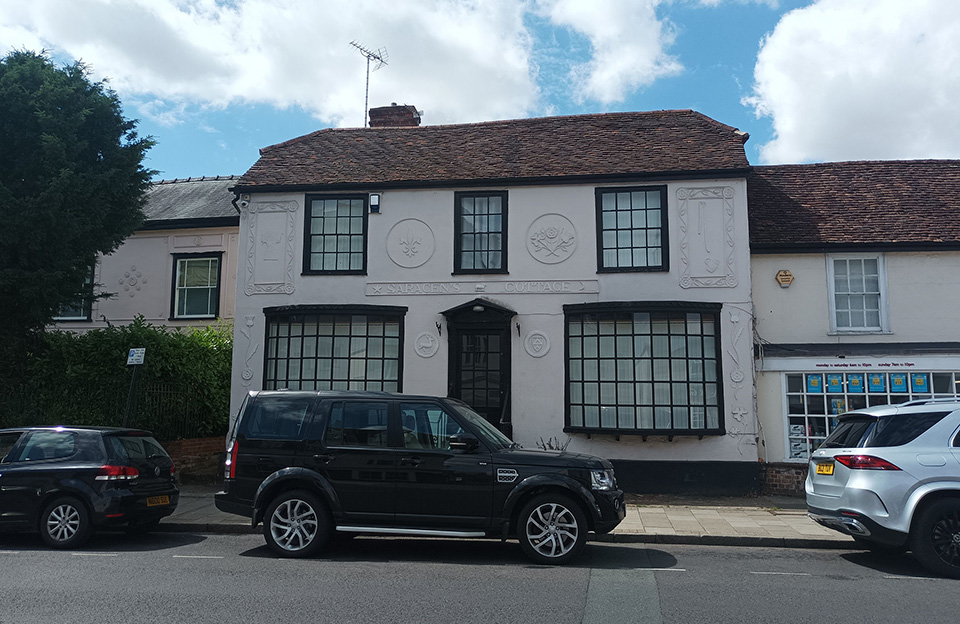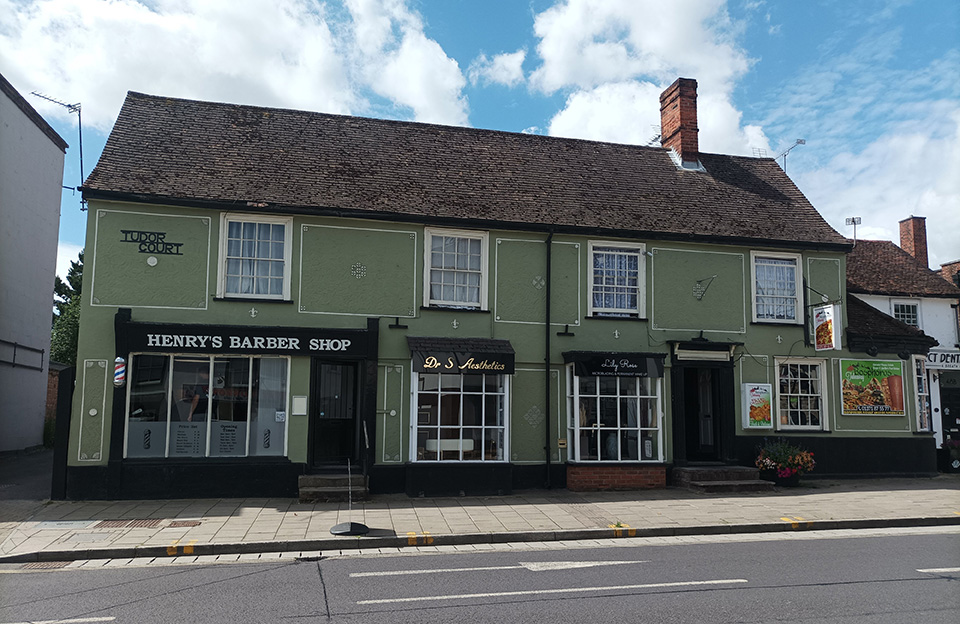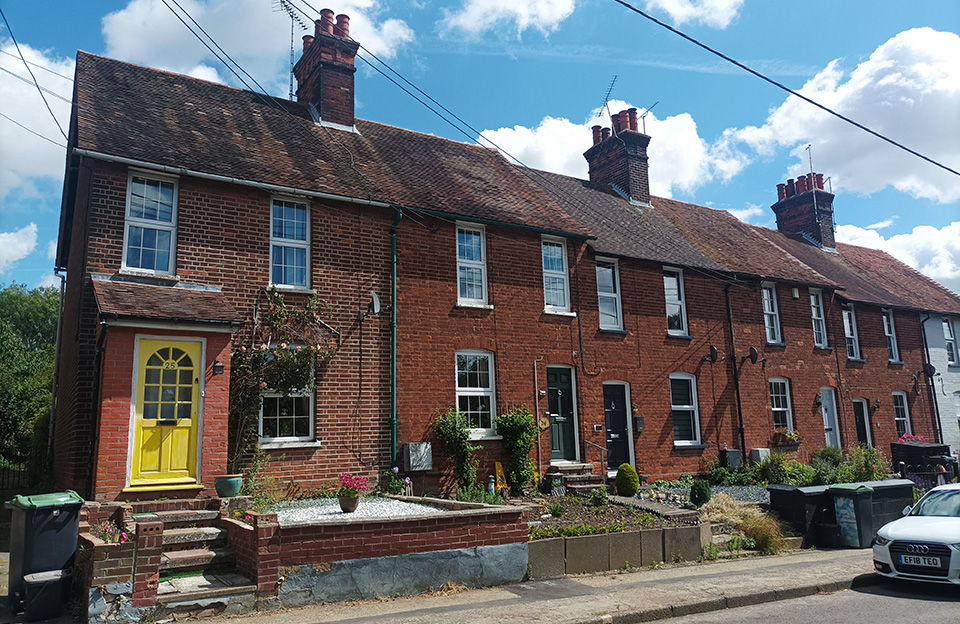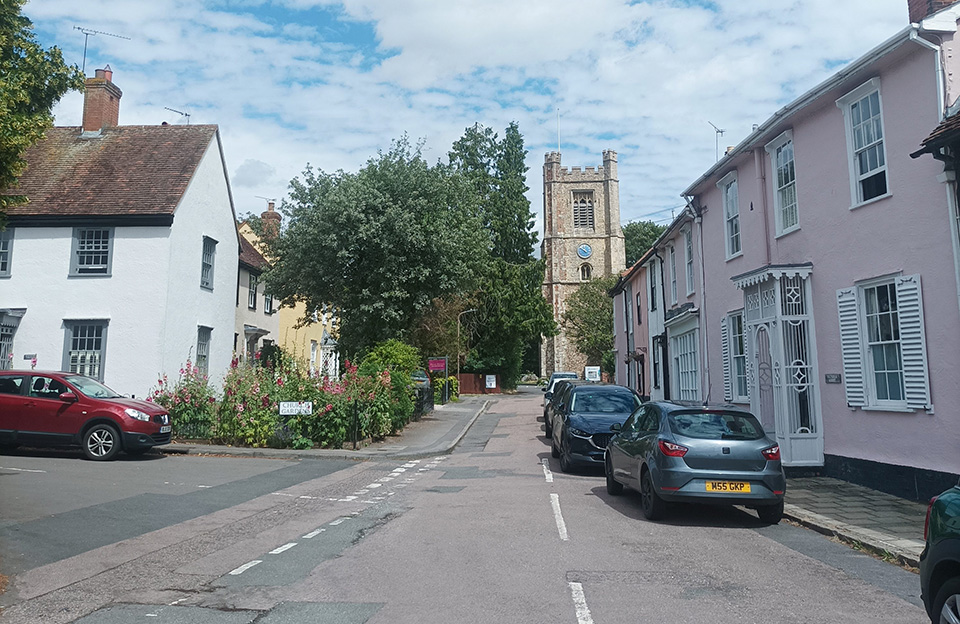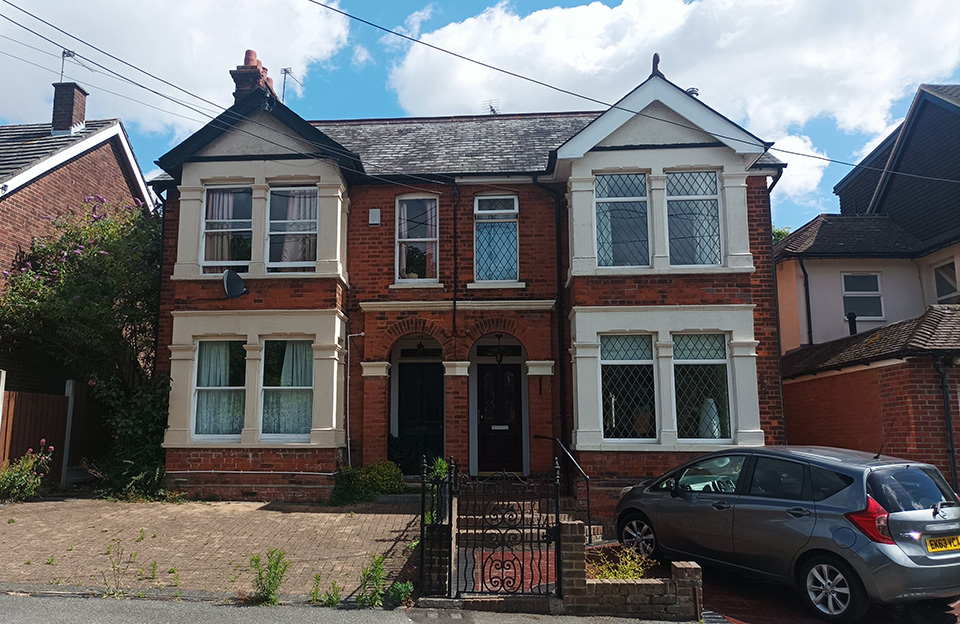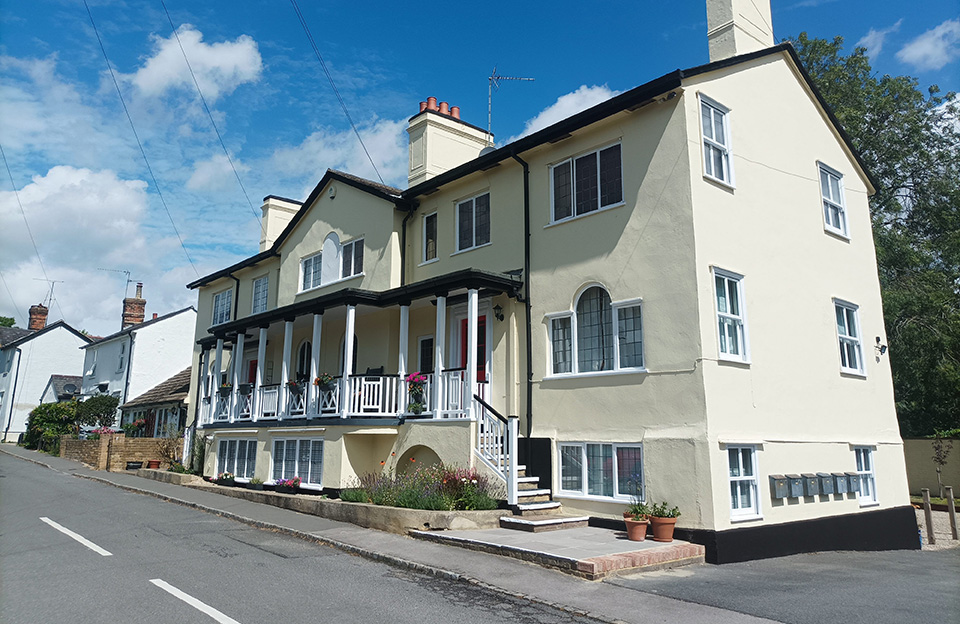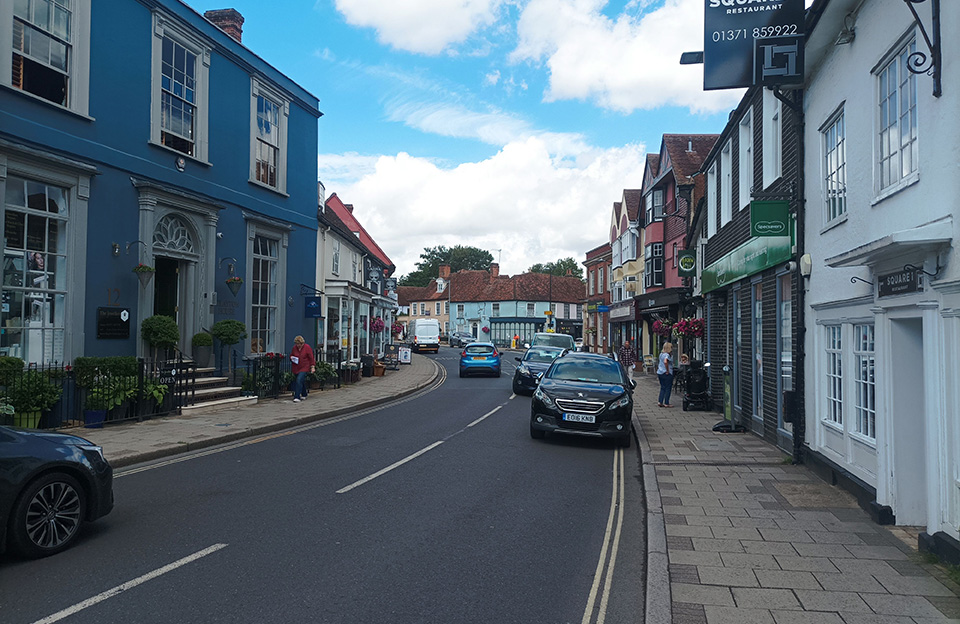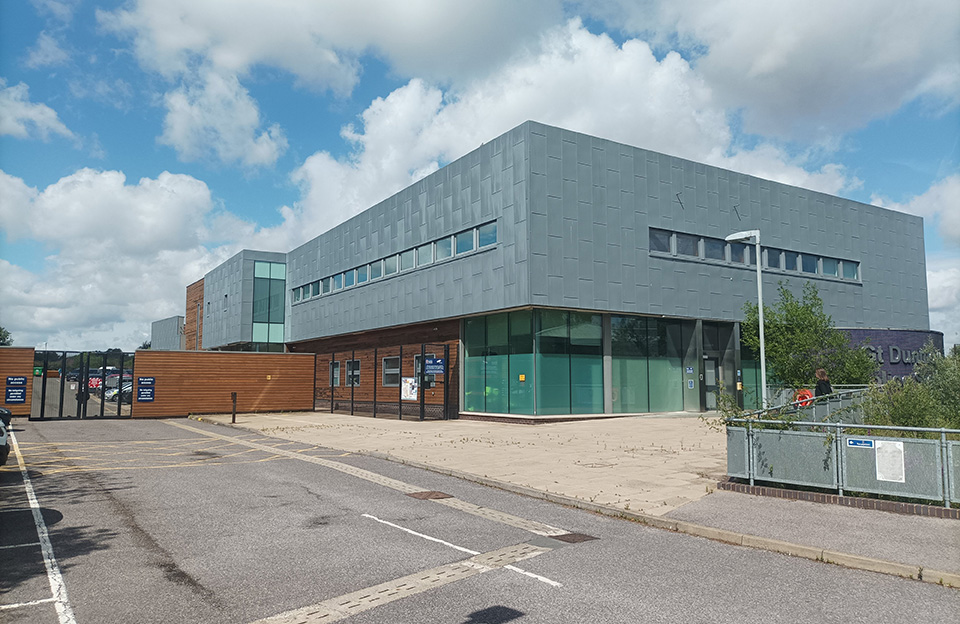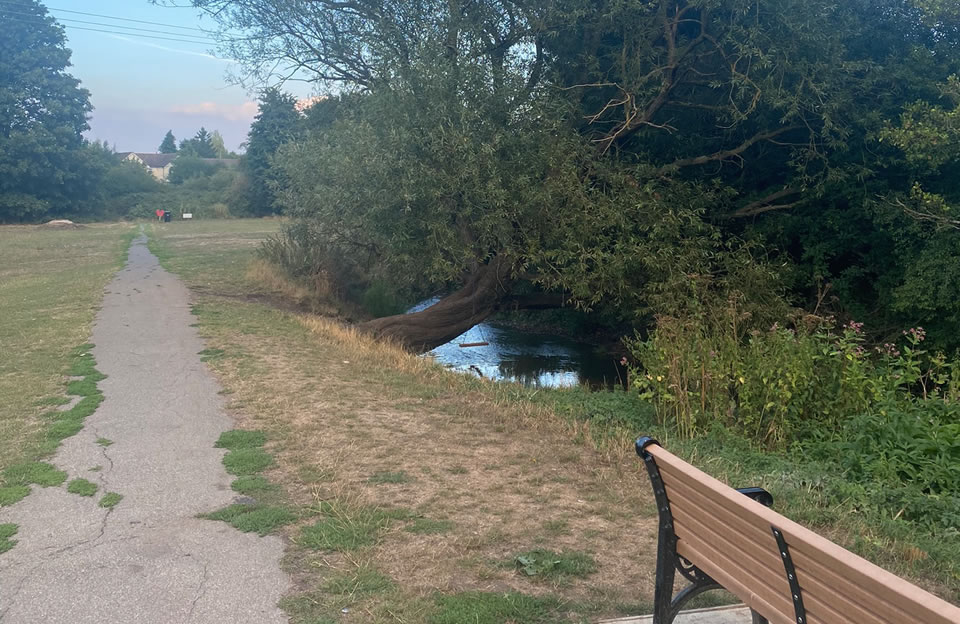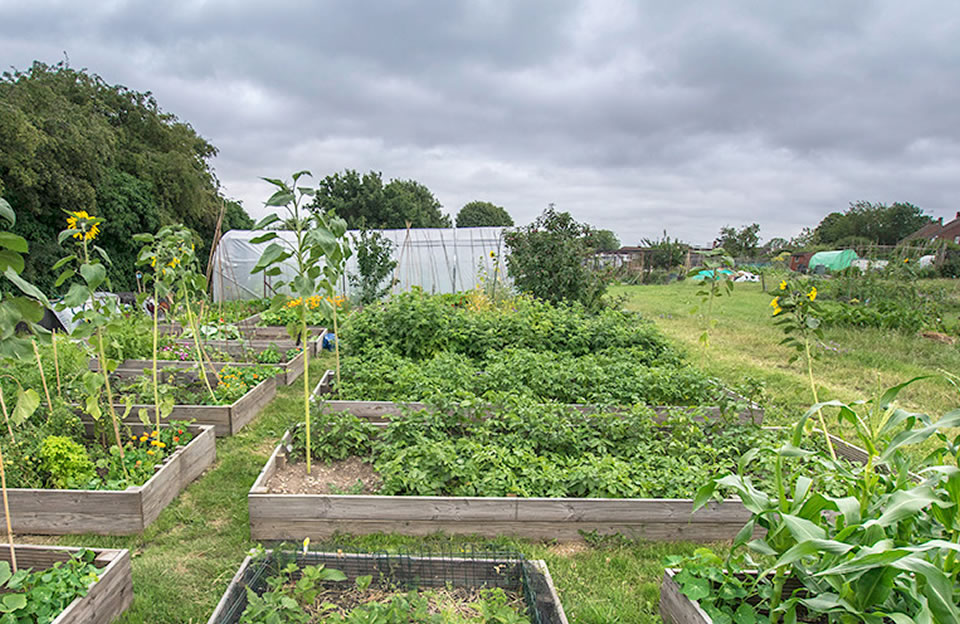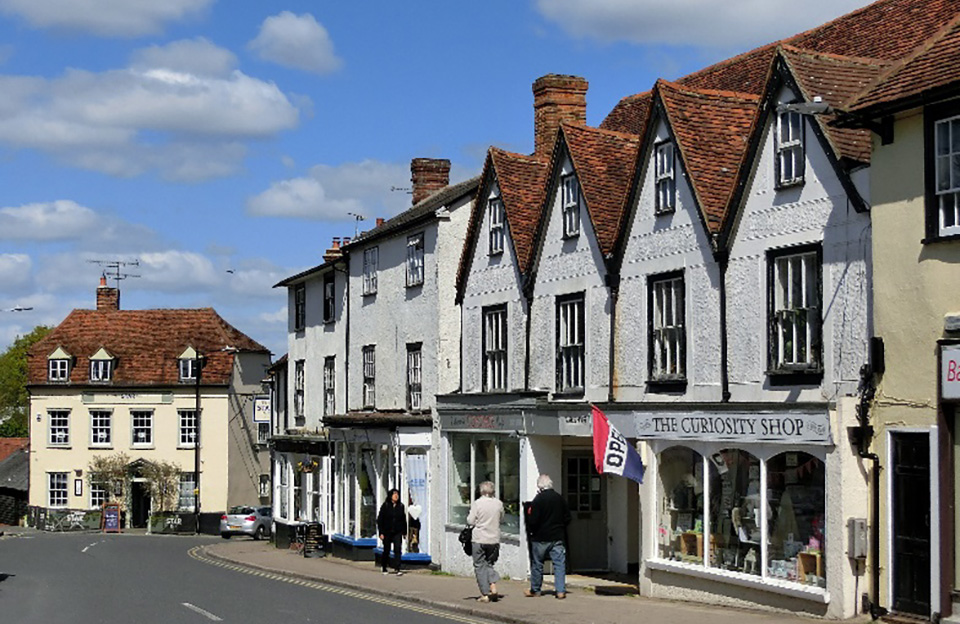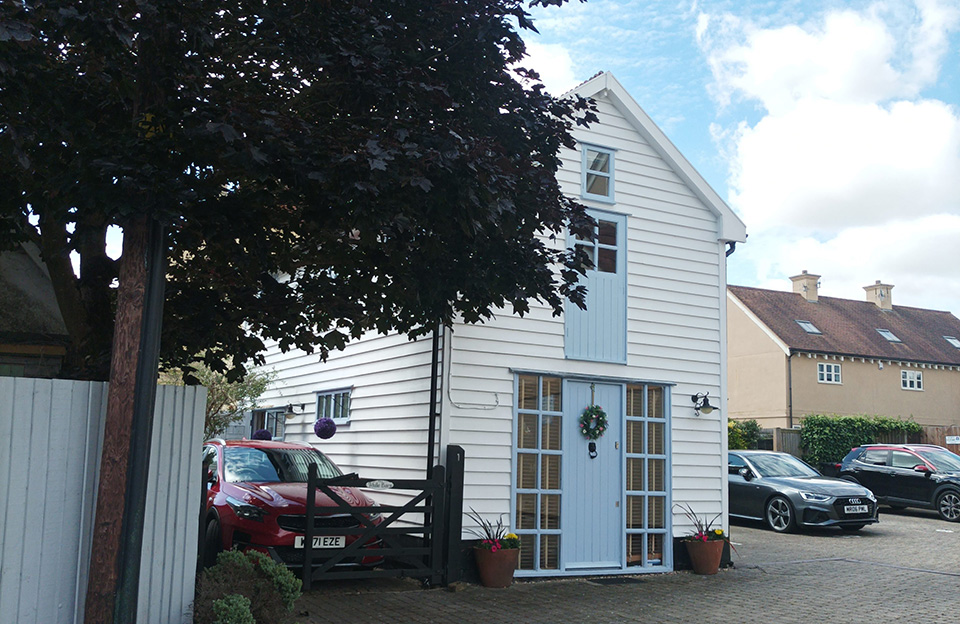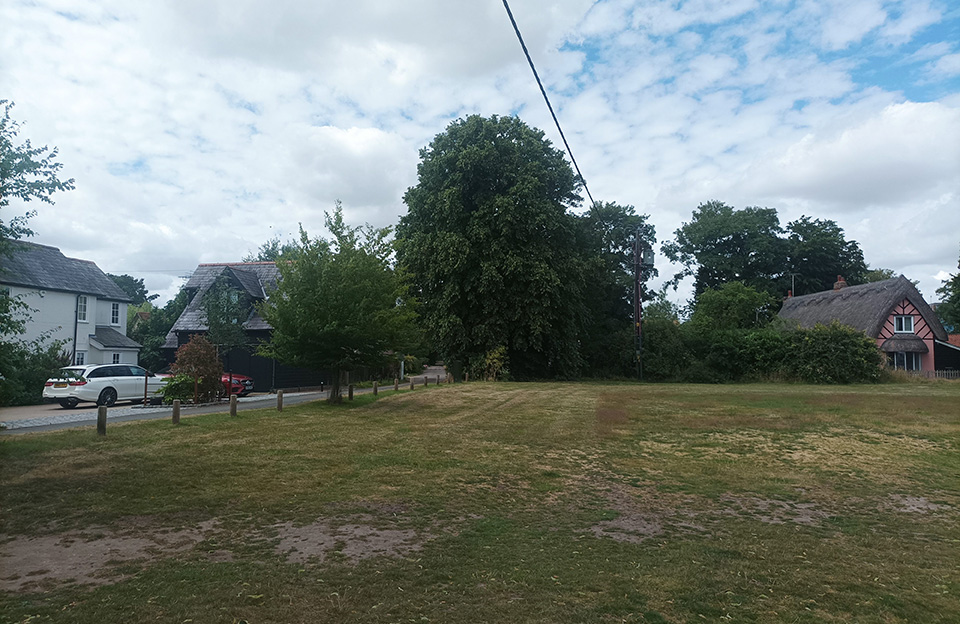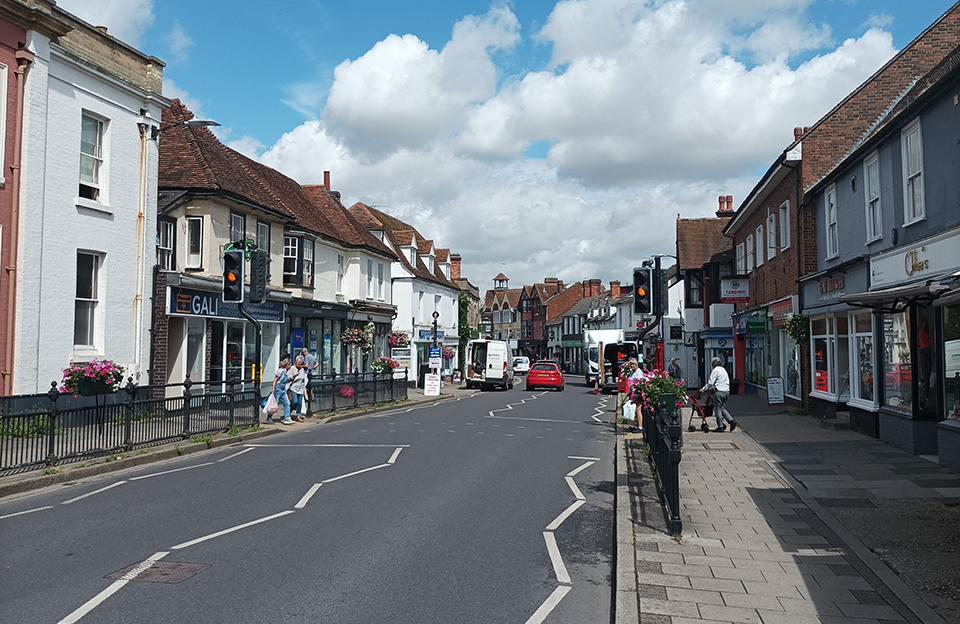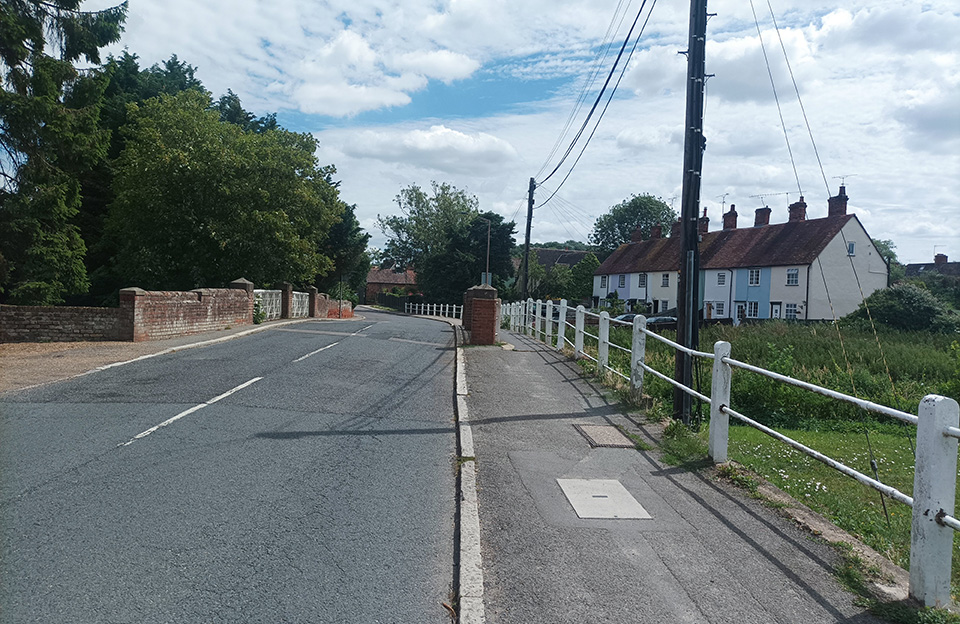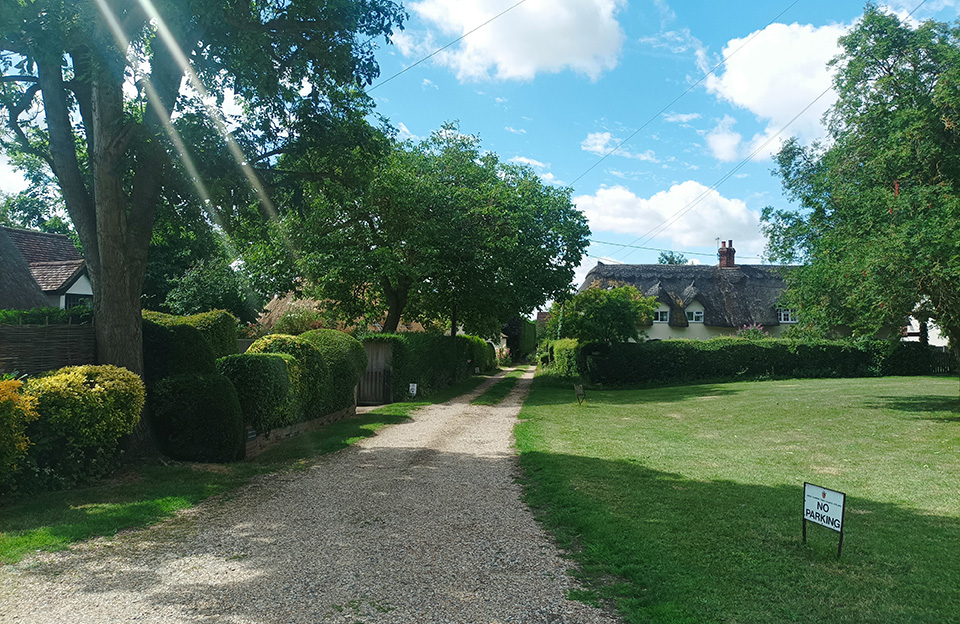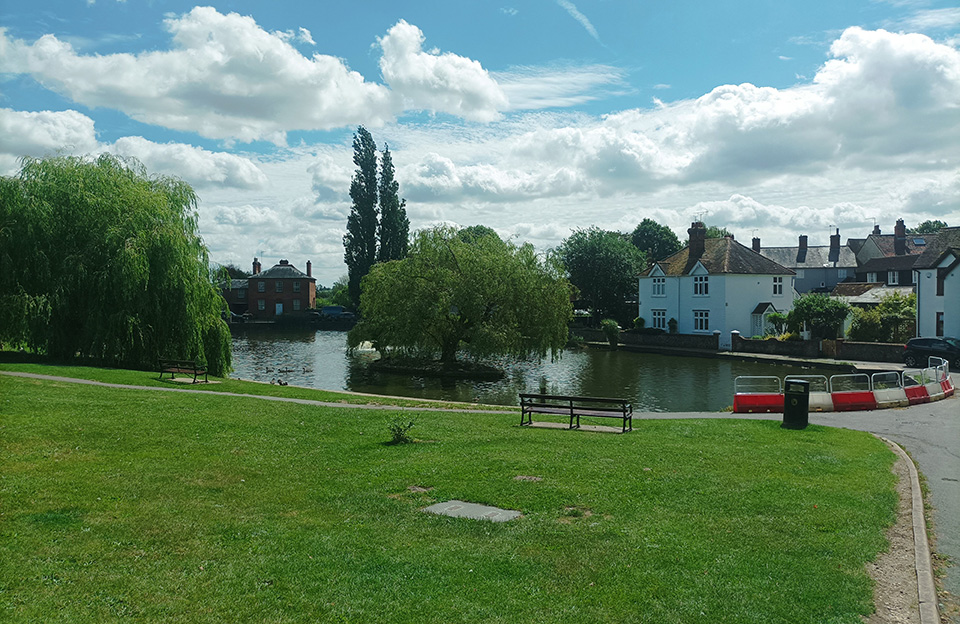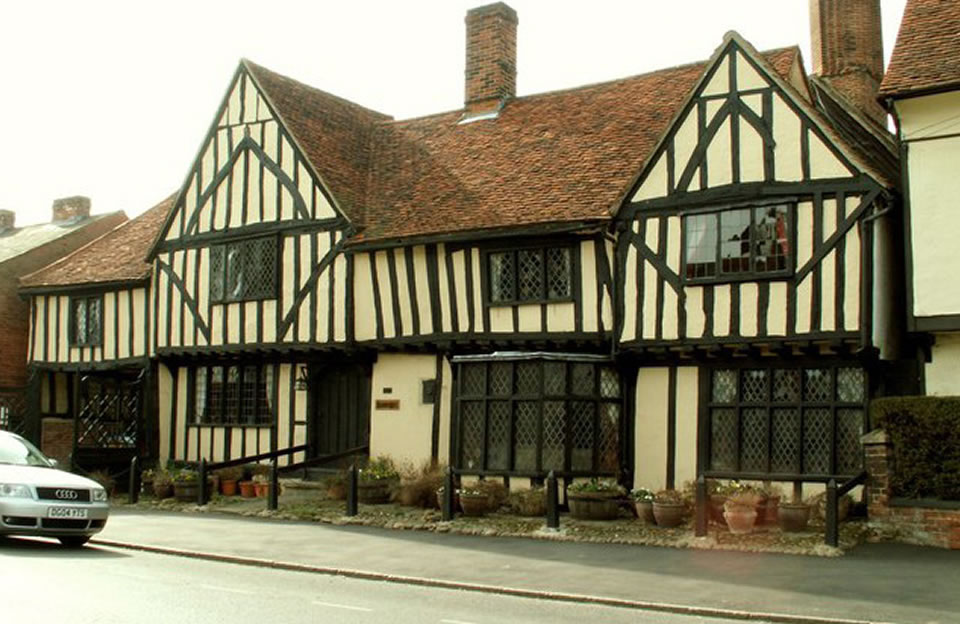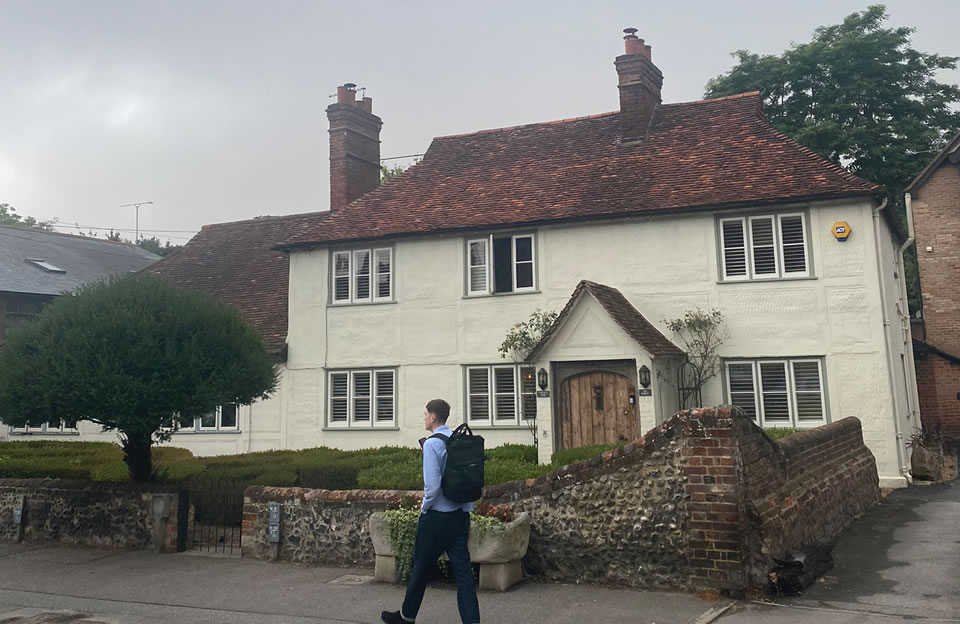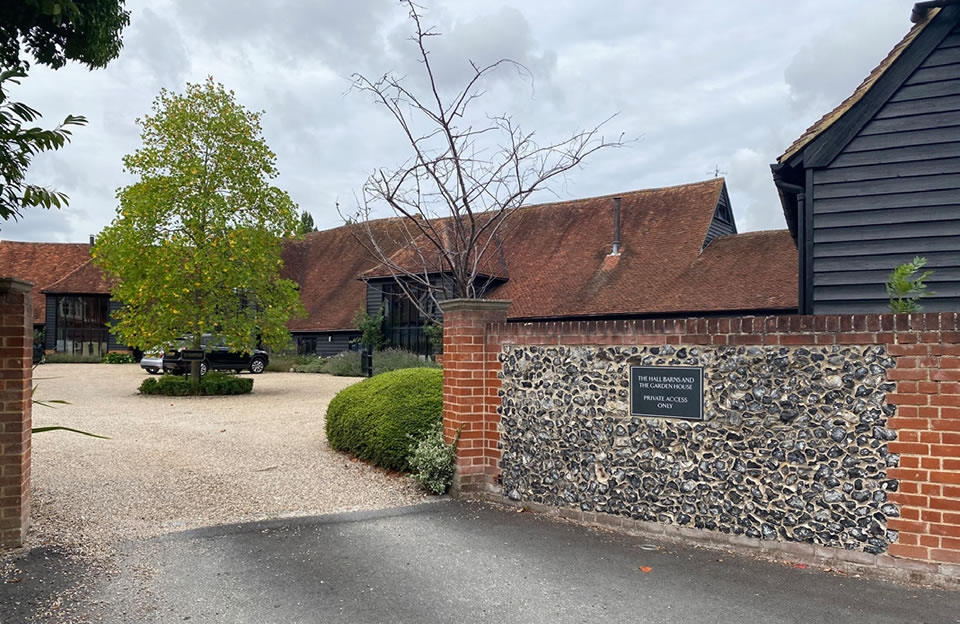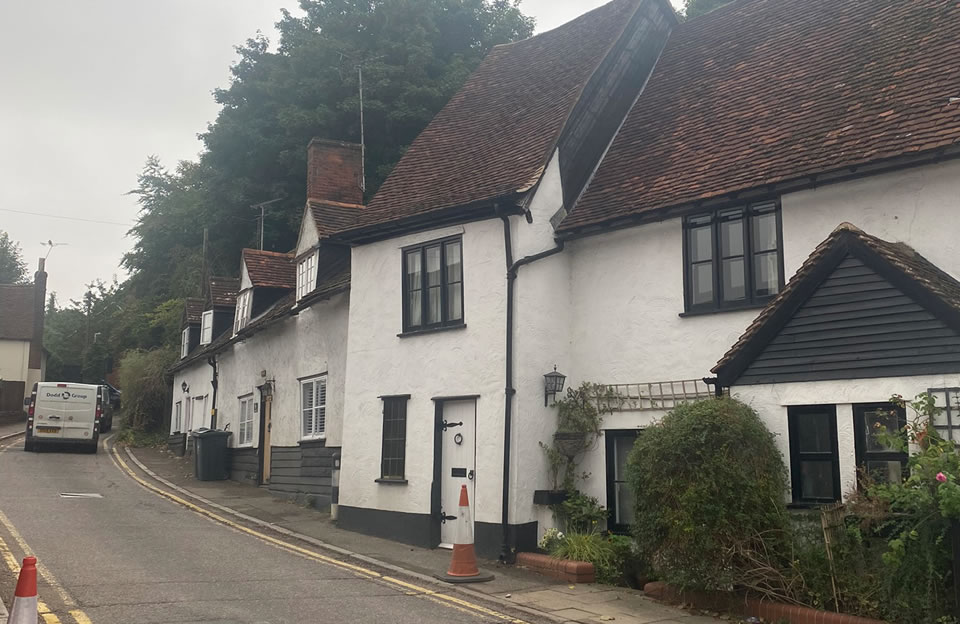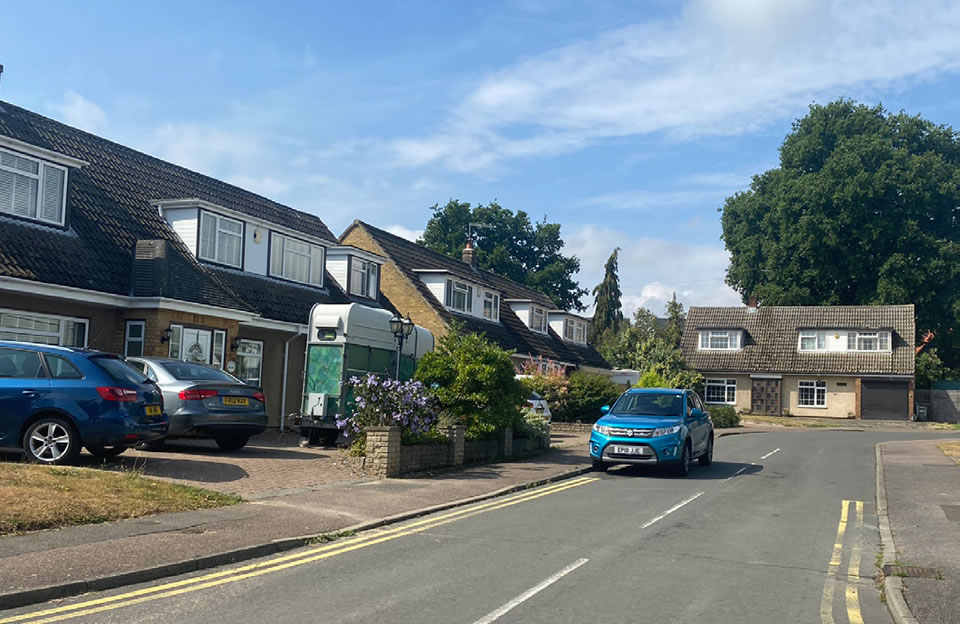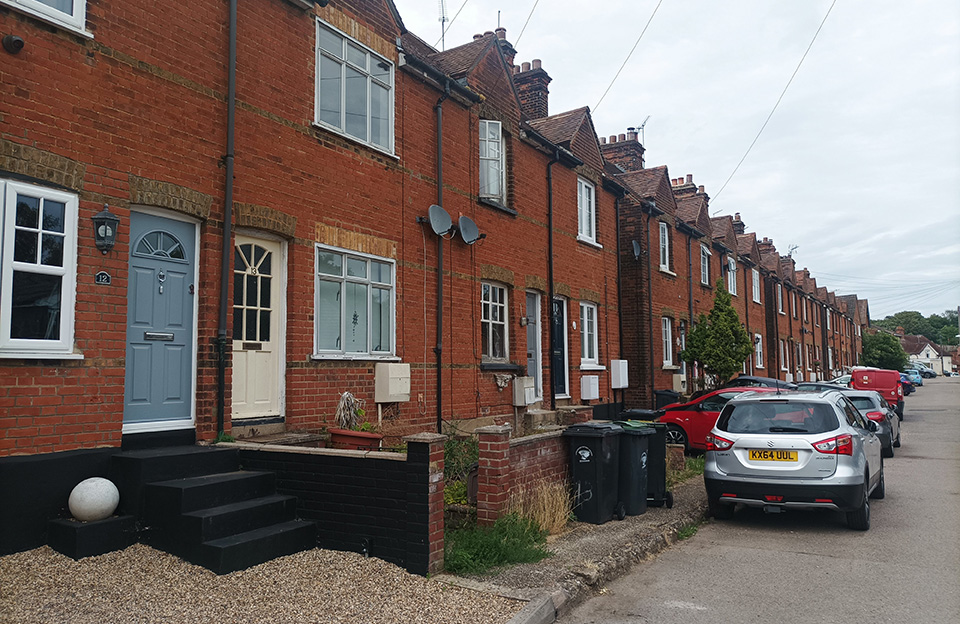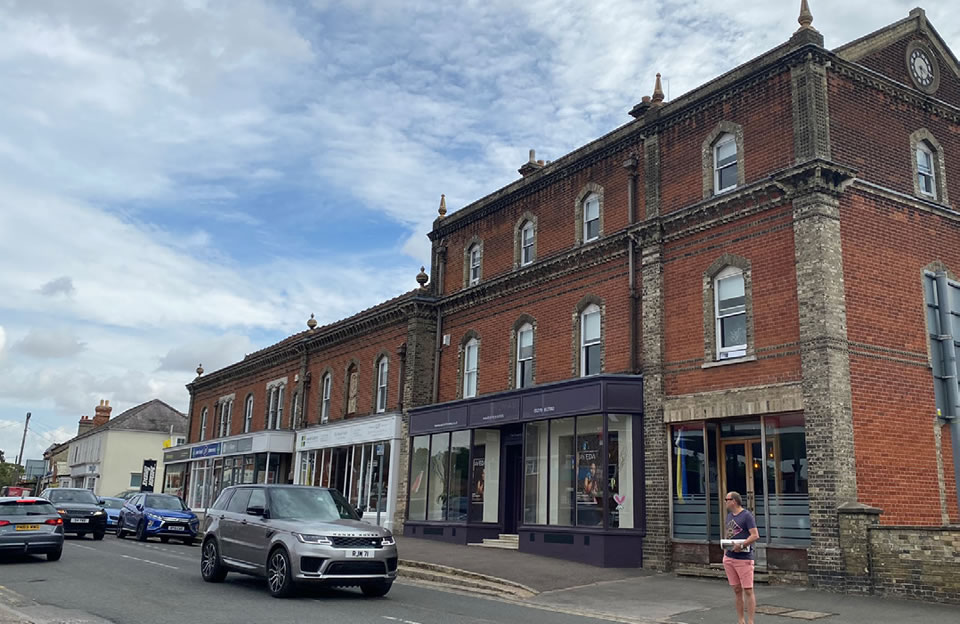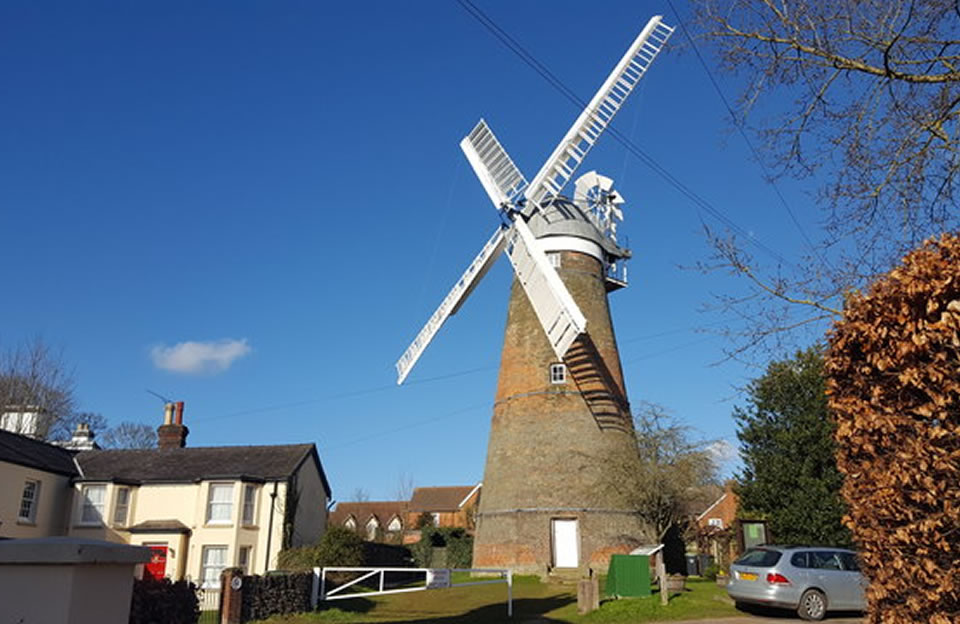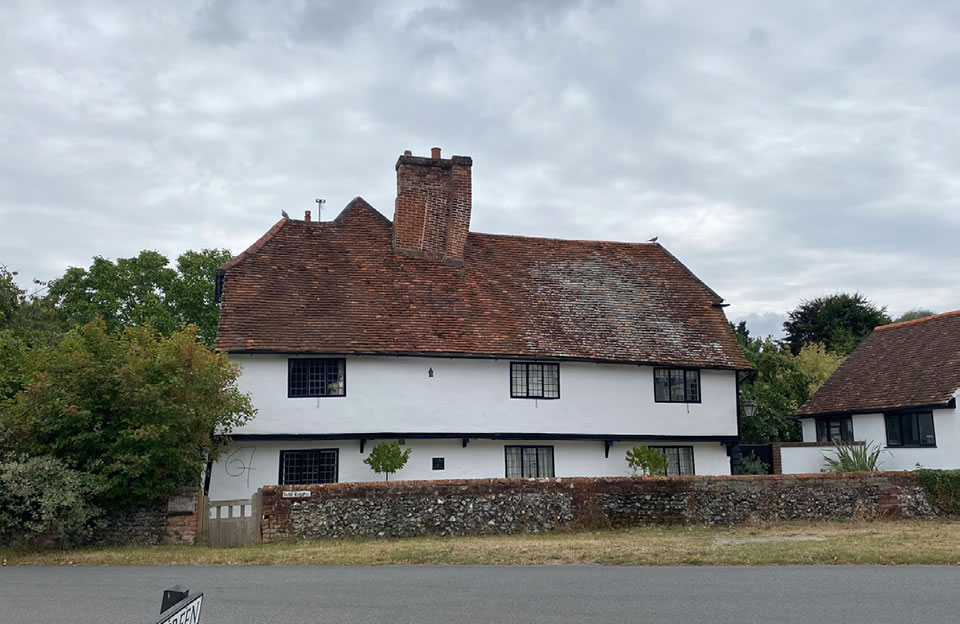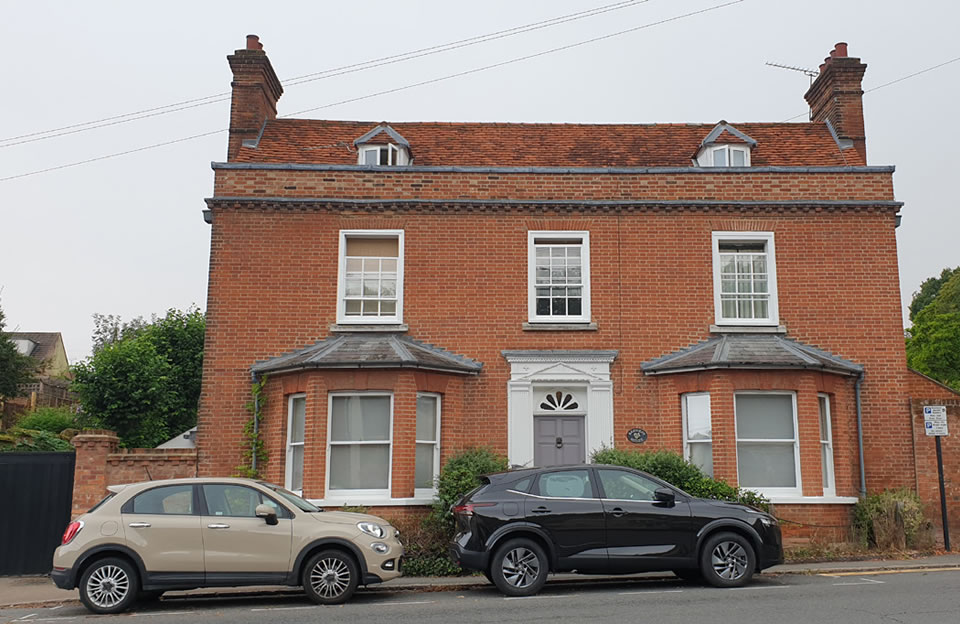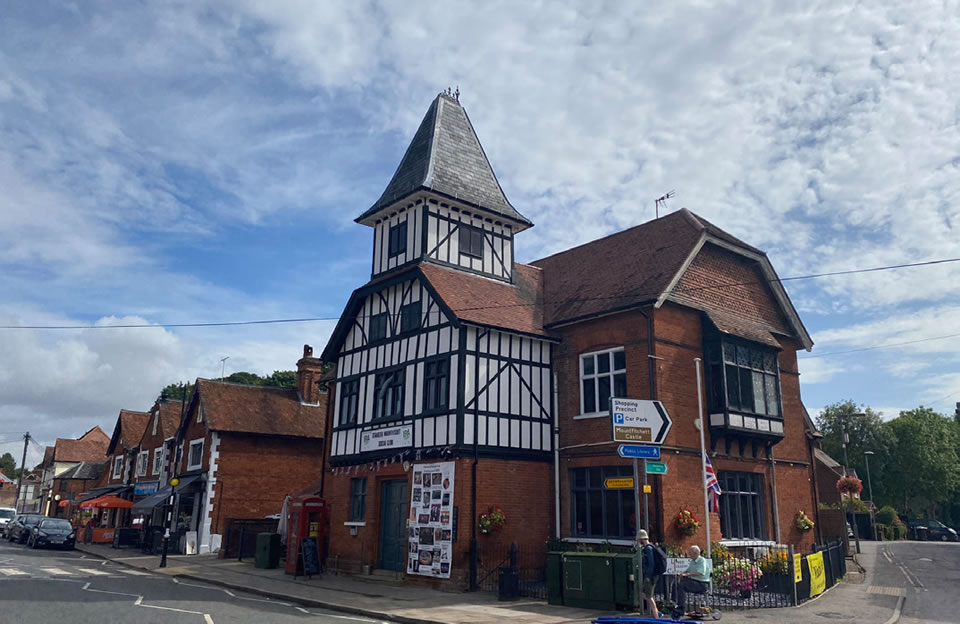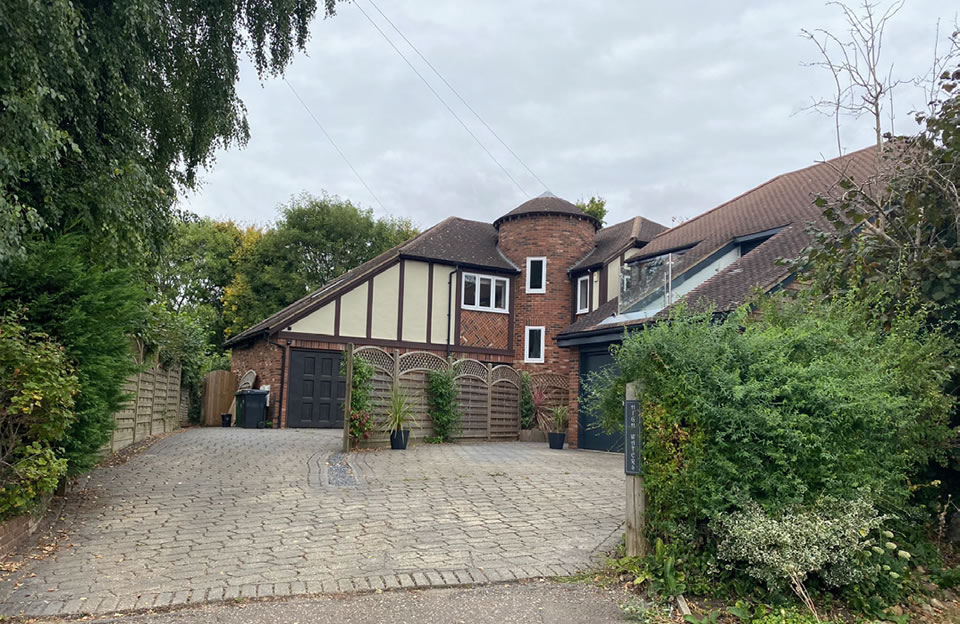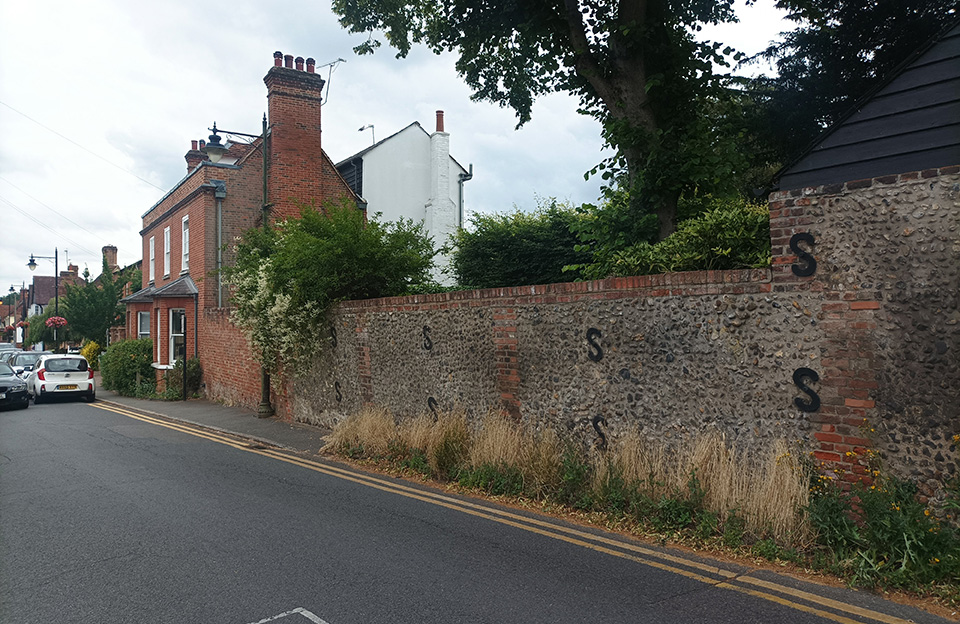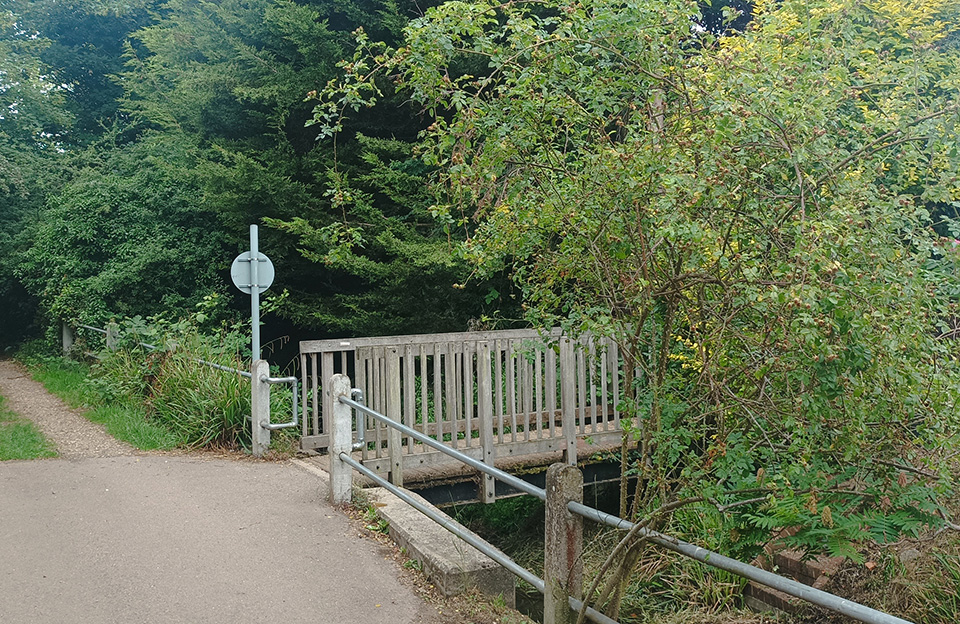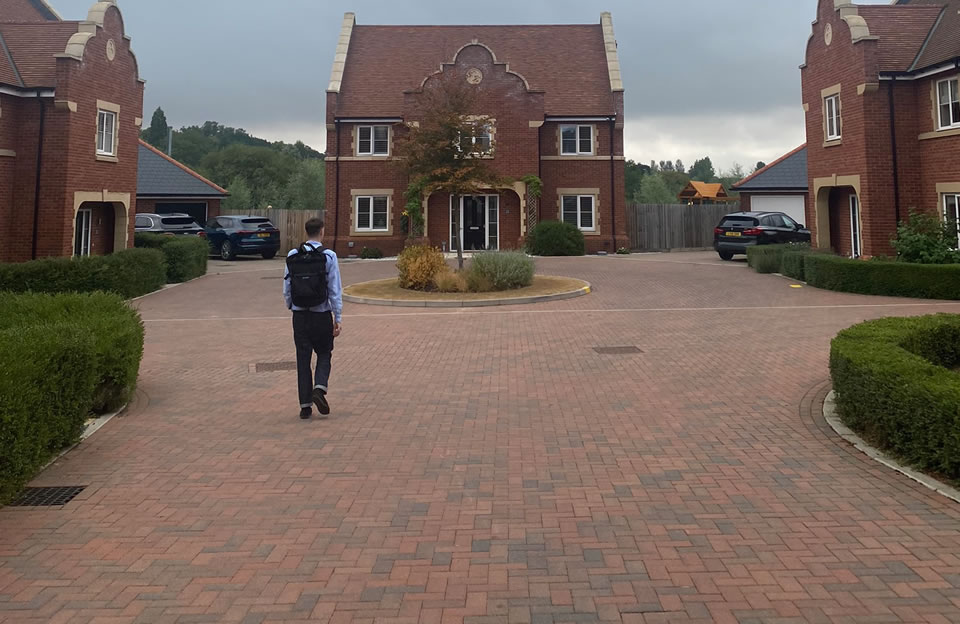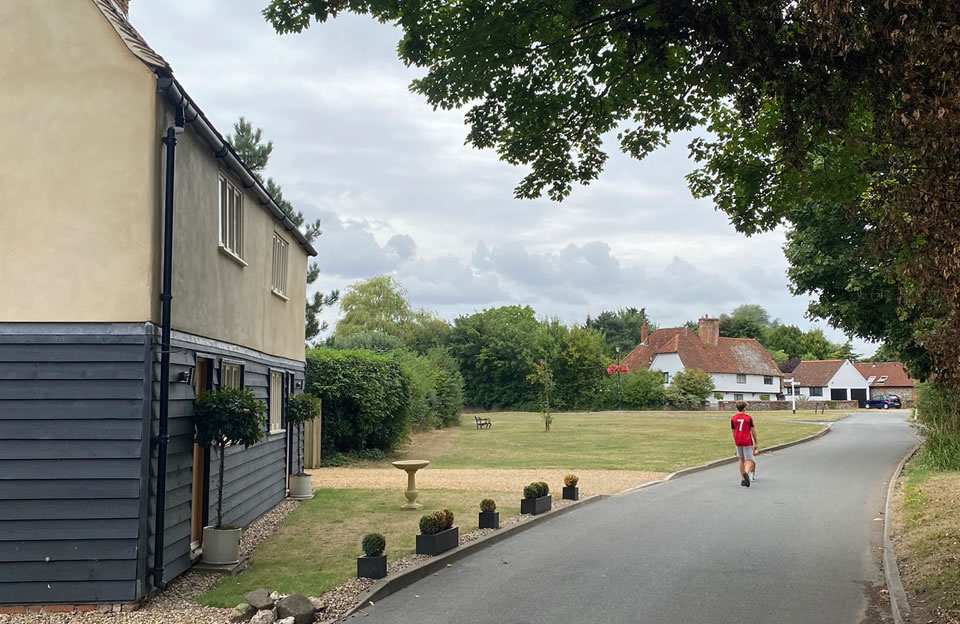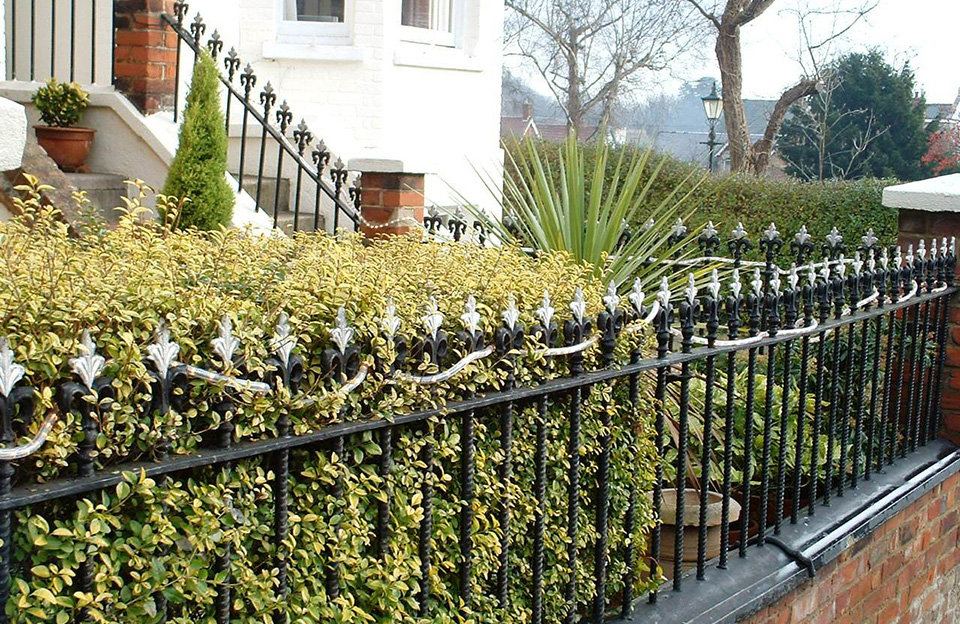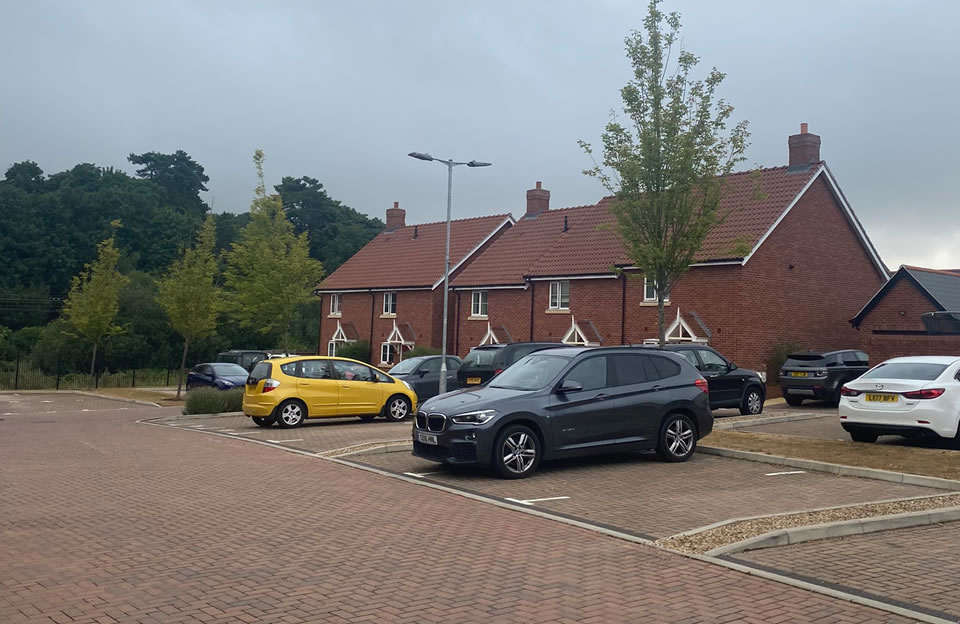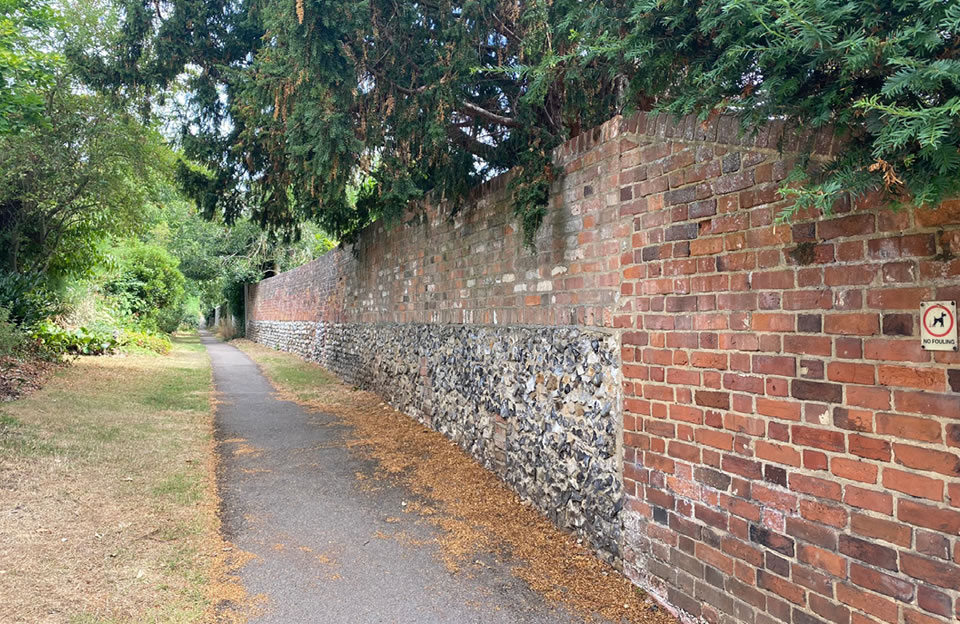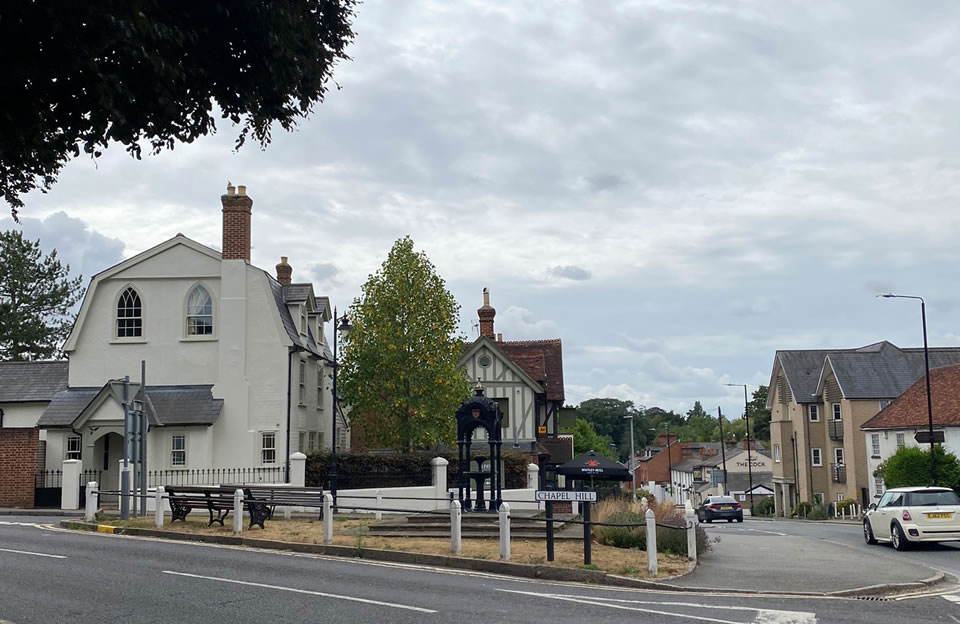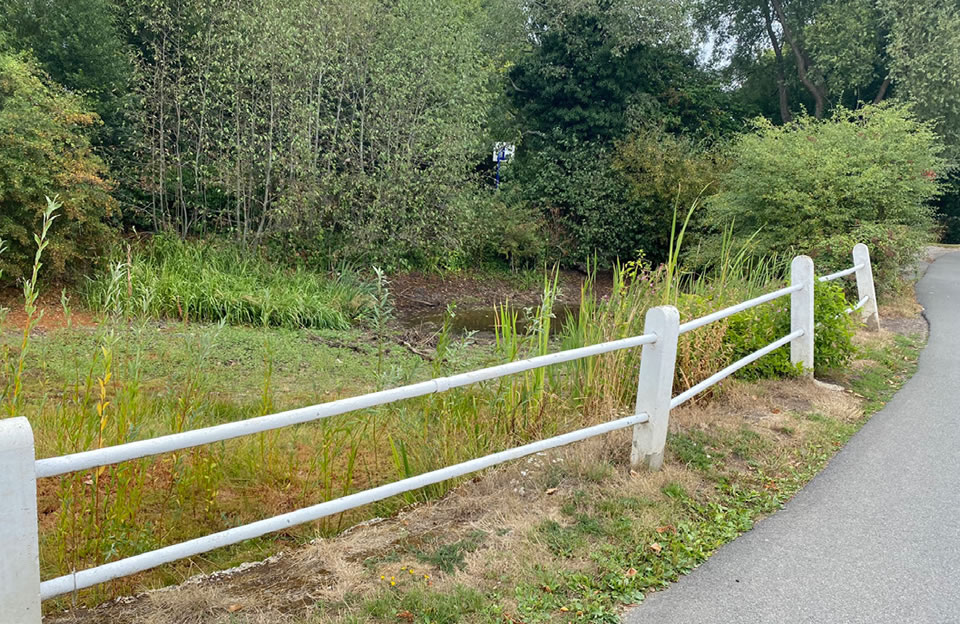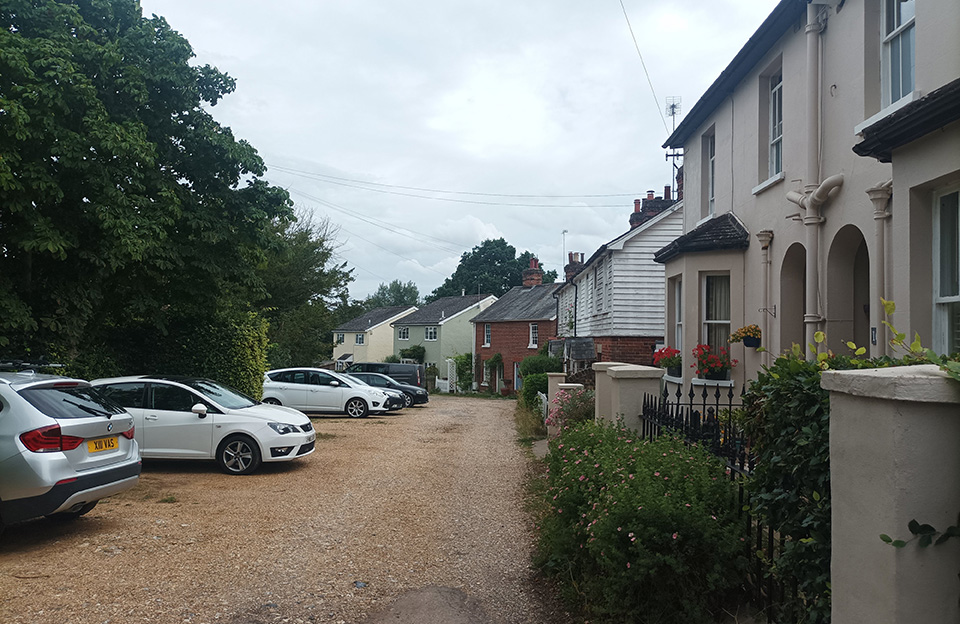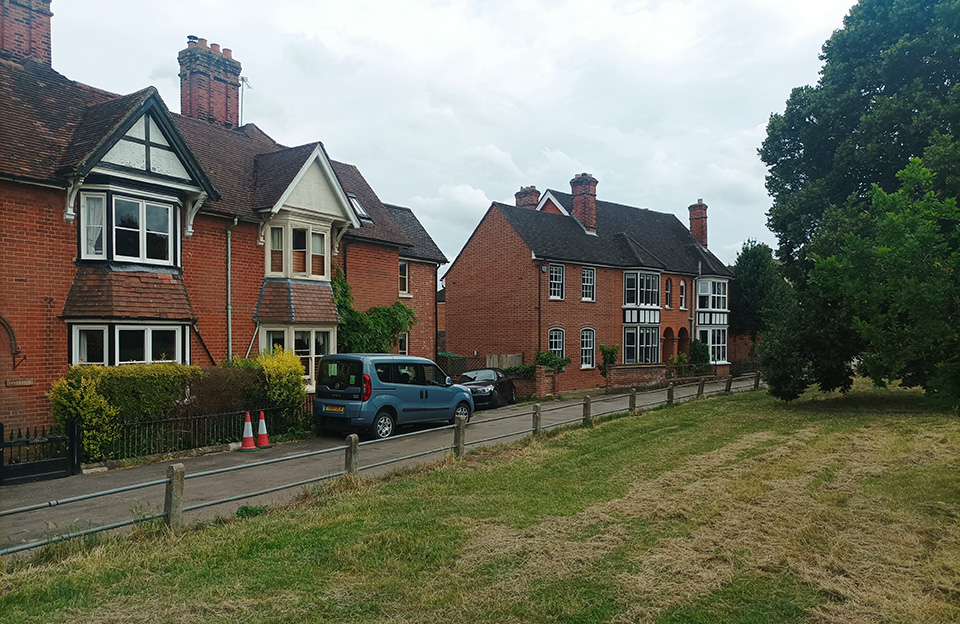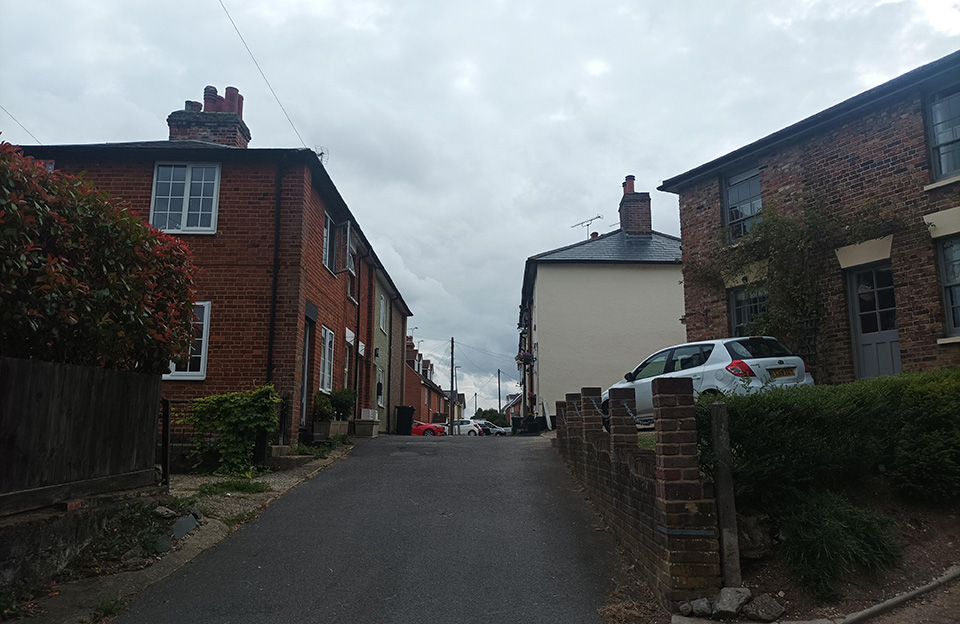'Urban' Areas
This section will explore the key settlements within Uttlesford. Saffron Walden, Great Dunmow and Stansted Mountfitchet are the biggest settlements in the district, each with a town centre and a variety of facilities that sustains life within the town and encourages visitors from near and far.
This chapter will explore:
- Saffron Walden
- Great Dunmow
- Stansted Mountfitchet
Saffron Walden
The Parish of Saffron Walden is located in the north of the Uttlesford District and is home to some 16,000 people. Saffron Walden is a market town of exceptional heritage interest. The town retains a strong medieval character with the street pattern formed around the castle established after the Norman Conquest. It was particularly prosperous between 1400 and 1700 with its growth based on the wool trade.
The prosperity of the combined wool and saffron trade is evidenced by what is considered to be the finest surviving collection of timber framed buildings in Essex and there are numerous examples of C15 and later town-houses illustrating the development of this building type. The church is also one of Essex’s largest parish churches and one of the most lavishly designed; standing in a commanding position on a hill, it is seen prominently around the town.
Saffron Walden built form design cues
Saffron Walden public realm design cues
Great Dunmow
The Parish of Great Dunmow is located in the south of the Uttlesford District and is home to some 8,800 people. The town is more usually known as Dunmow and has two quite separate parts: the market town and Church End. The market town grew around the junction of two Roman roads, one of which is Stane Street (the main road westwards from Colchester), with the other leading south to Chelmsford. Church End was a secondary Roman settlement located half a mile north of the market town and is today a ‘sylvan suburb’ (White’s Directory of Essex 1848).
Church End today has a much more rural/village character as a result of its separateness from the main commercial centre of the market town to the south. It is dominated by the handsome church, but also contains a mixture of building types from the C14 to C19.
The market town incorporates Roman, medieval and post-medieval heritage which is reflected in the surviving built form and is an important collection of historic buildings. The prosperity of the town in the C16 and C17 as a result of the establishment of cloth and tanning industries is reflected in the number of houses built in this period.
Great Dunmow built form design cues
Great Dunmow public realm design cues
Stansted Mountfitchet
The Parish of Stansted Mountfitchet is extensive and is one of the largest parishes in Essex. The town has developed from three centres of historic settlement – Castle/Lower Street, Silver Street and Chapel Hill – with Bentfield End and Green, small historic settlements, on the western side of the town.
Lower Street is overlooked by the remains of the Norman Castle and is the centre of the village where the medieval market place was located and contains some well-preserved vernacular post-medieval timberframed houses from the C15 to C18. Silver Street/ Cambridge Road is the secondary historic core at Stansted and there are remnants of burgage plots still in evidence. Its post-medieval and Victorian character is highlighted by C17 and C18 houses and C19 commercial buildings.
Stansted Mountfitchet built form design cues
Stansted Mountfitchet public realm design cues
Page updated: 20/07/2023
